In our last article we shared with you our best hiking routes to do in the Northern Vosges. We reassure you right away, in the land of Bitche we didn’t just hike and wait for the sunset at the top of the castle of Falkenstein… 😉
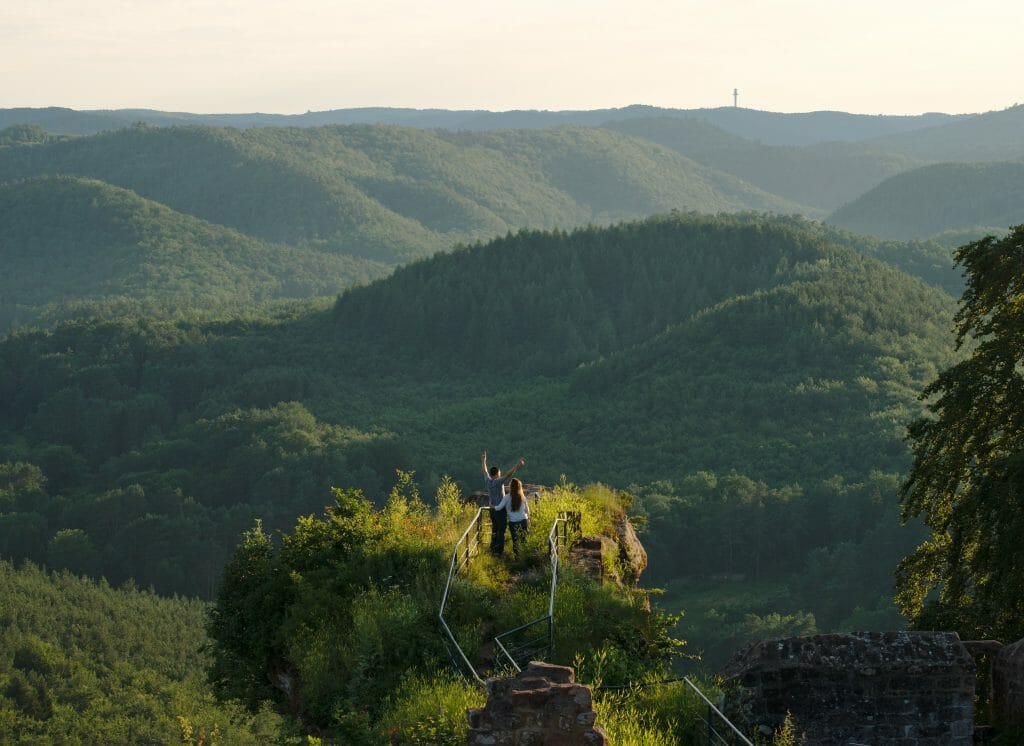
This escapade in the northeast of France was also an excellent opportunity for us to discover a little bit of the world of crystal making and also to refresh our knowledge of French history, which is quite rusty, with visits to forts on the Maginot line and the citadel of Bitche.
Crystalwork in the Bitche region: Meisenthal and Saint Louis
In the Pays de Bitche we spent a day under the sign of crystal! But in order not to let our calves fall asleep, we opted for a slightly more sporty variant of the classic tour of the crystal factories in northern France. #WeWontChange
Hiking of the crystal works in the Northern Vosges
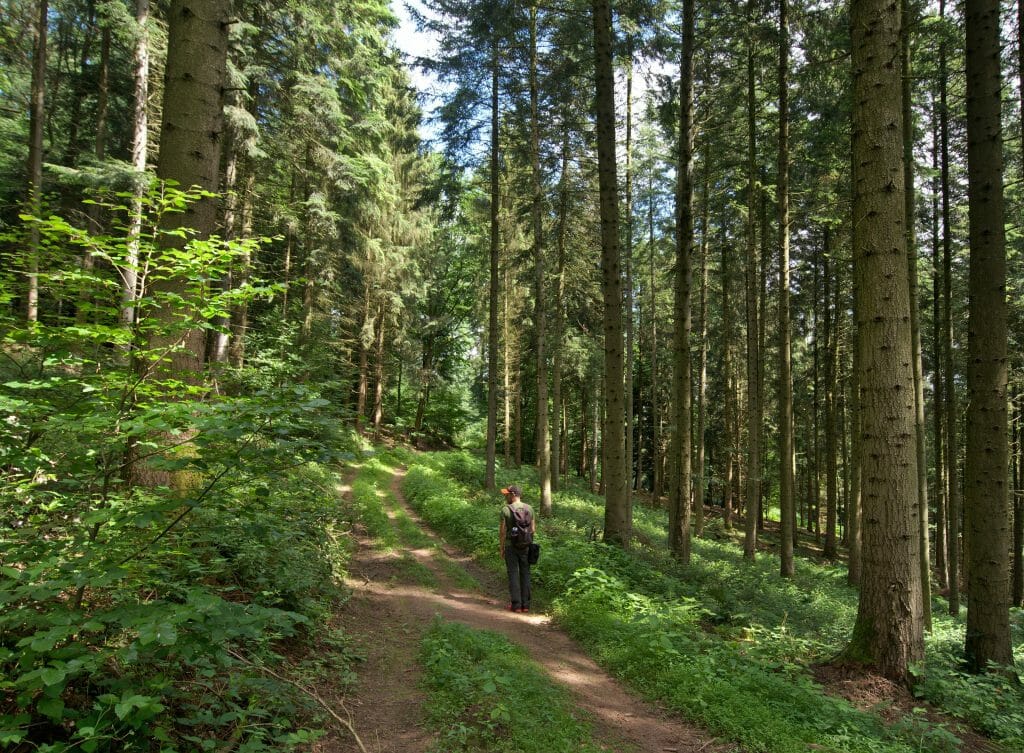
It is in the small village of Meisenthal that we decided to start this small hike under the sign of craftsmanship. During this day we had 2 objectives: to visit the Meisenthal museum and to pass by the church of Saint-Louis to see the altar of repose (we will come back to it). Doing it by car would have been an option, but if you read us from time to time you’ll probably have noticed that if there’s a way to do a hike, we’re always the first ones to go. 😉
We are not going to describe the hike in detail here, but as usual you will find a little further on the detailed map of our itinerary and you will also have the possibility to download the GPX file directly to start your tour on the crystal path. (Again, the name of this itinerary is not official; it is just the one we decided to give it).
First step: the Altar of repose of the church of Saint-Louis-les-Bitche
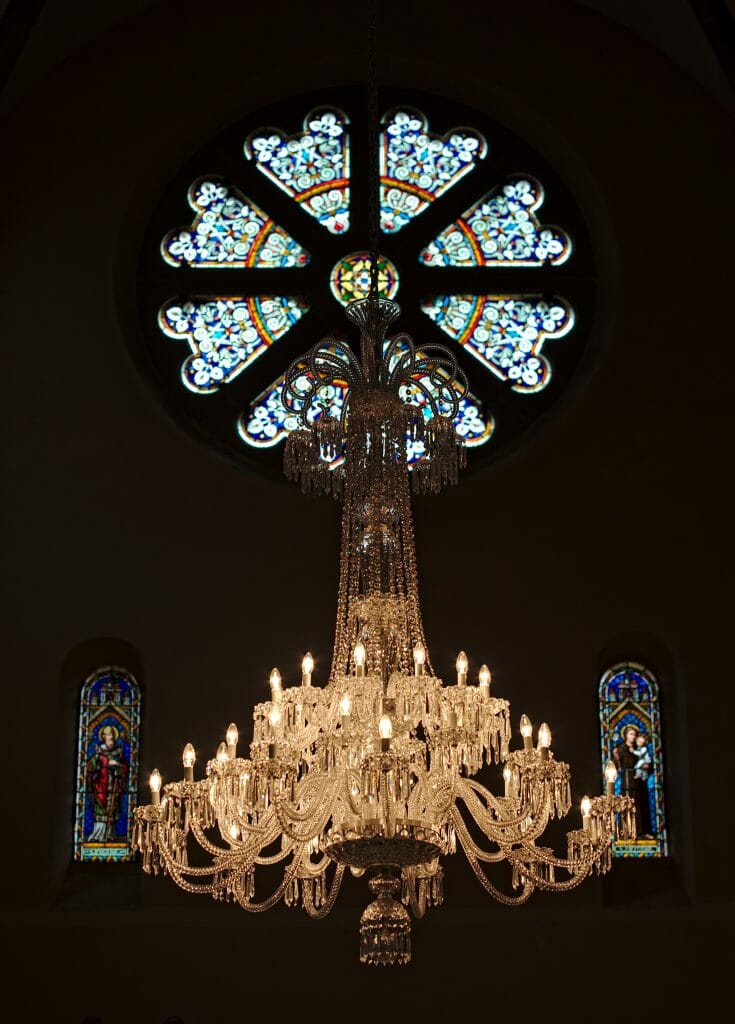
The village of Saint-Louis-les-Bitche is only 3km from Meisenthal and it was therefore very quickly that we arrived there. Saint Louis is well known for its luxury crystal works, but if we came here initially it was to see the impressive crystal altar of repose place that was displayed in the church of Saint Louis!
On the other hand, I warn you, you will have relatively little chance of seeing him in your turn, at least not before 2020… Indeed, this impressive construction of 6000 pieces of crystal is extremely difficult to assemble and is only exhibited here for 2 weeks every 2 years during the Corpus Christi Festival (the even years).
Made more than 100 years ago, this piece is simply amazing! It was a stroke of luck that we were in the area just as it was exposed (from June 2 to 17 of this year) and so we brought you back some pictures while waiting for you to see it with your own eyes in 2020:)
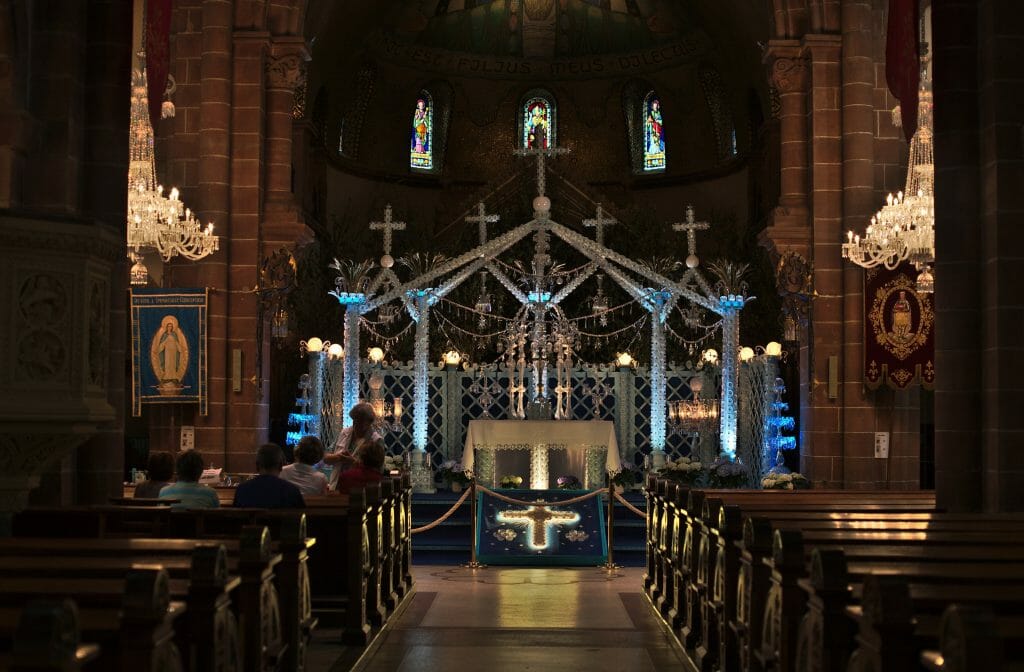
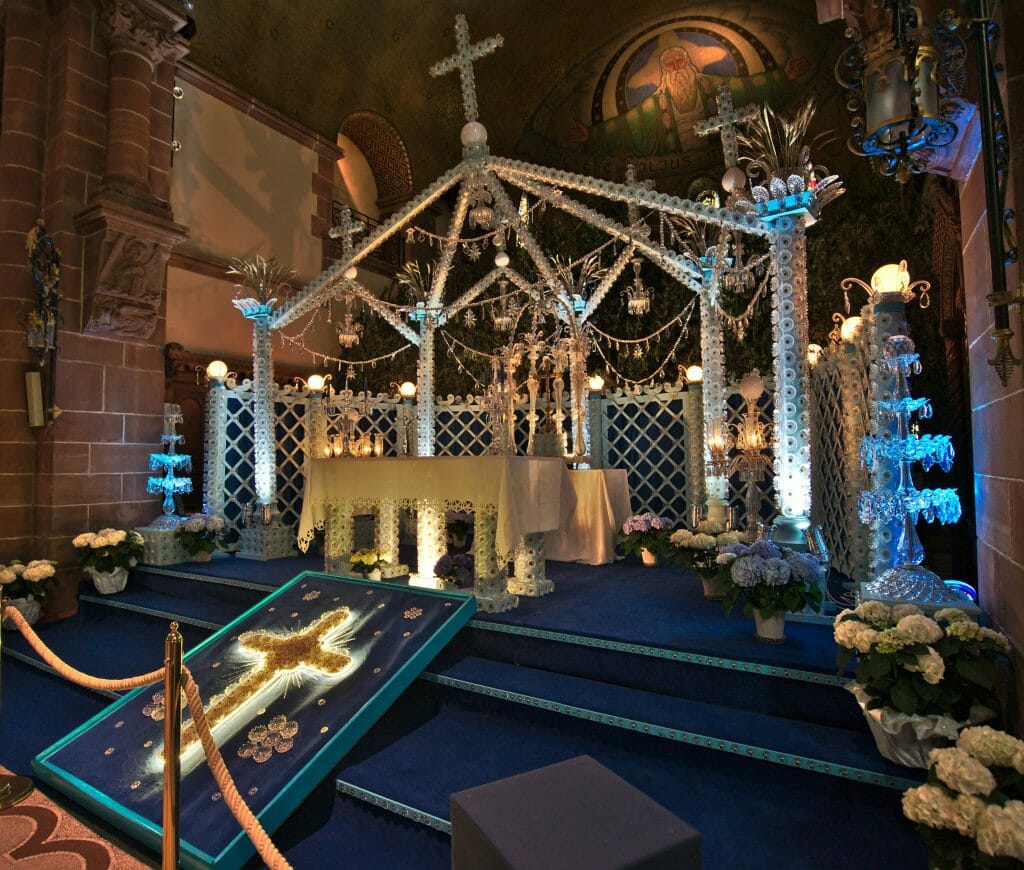
Change of program: visit of the Saint-Louis crystal works
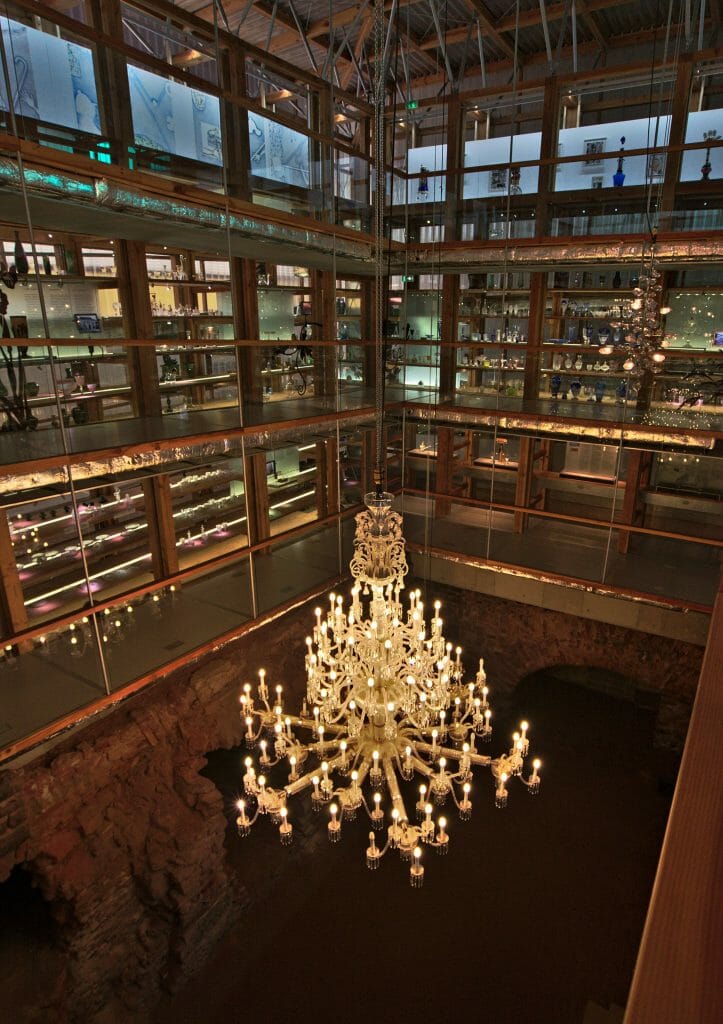
After this discovery we settled on the bench in front of the church for a small picnic. And just as we were about to get back on the road, we received an email from Véronique, the director of the Saint Louis Museum. She had followed our hike live on instagram and when she saw that we were having a picnic 30 meters from her museum she spontaneously offered us a little visit. The world of luxury is not usually our passion, but the kindness of her message and especially its spontaneity seduced us.
In short, we finished our little sausage and went to meet her. We will tell you more about this visit later in this article.
But spoil alert: we were more than happy that she wrote to us;)
Return to Meisenthal by Goetzenbruck
After this beautiful chic and sophisticated break at the Saint-Louis Museum, we set off again for the rest of our hike. We still had about ten kilometers left to go so we clearly shouldn’t have to drag it out too long.
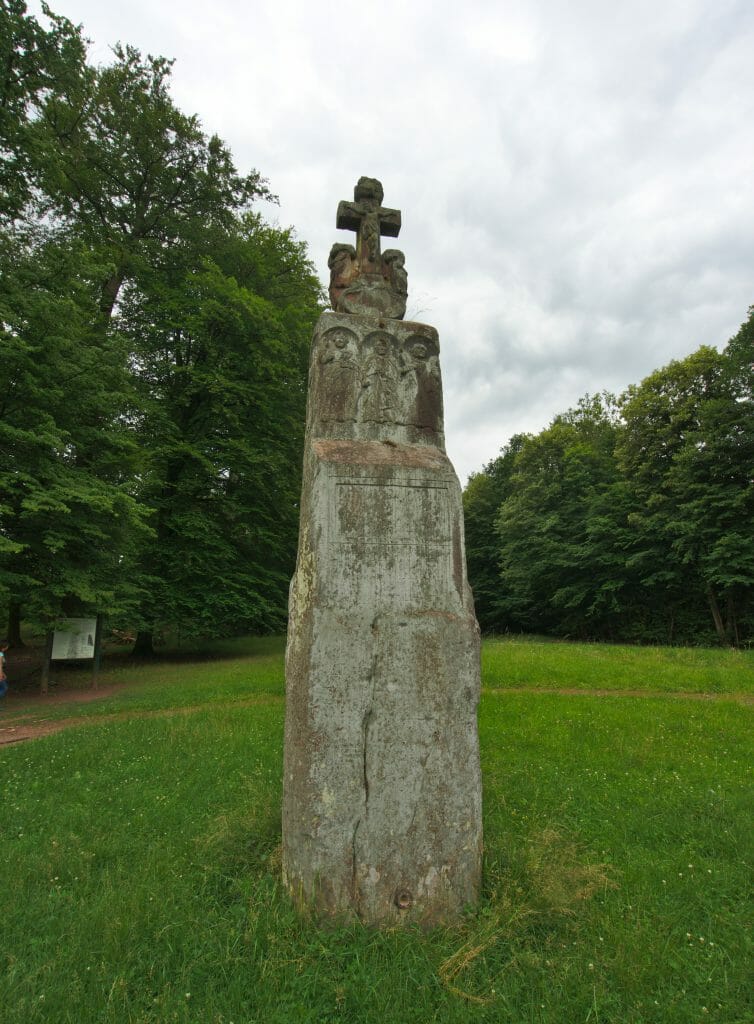
We could have come back to Meisenthal by the small forest path we had taken previously, but it would have been a very short hike and we generally do not like to take the same path twice…. In short, we opted for a slightly longer version through the village of Goetzenbruck with a small detour through the stone of the 12 apostles of Meisenthal.
The stone of the 12 apostles? Well, it’s an excellent question to which we don’t have the answer…
Also known as Breitenstein (which translates from German as large stone), this species of menhir is one of the enigmas of the region. Has it been used for sacrifices? Was it a monument erected in honor of a deity? No one really knows…. What we do know is that in the middle of the forest there is a 4meter high block of red sandstone that is placed there and that no one knows why. Anyway, we came to see it 🙂
Map of the crystal hiking and practical information
Infos
The crystal hike
- Distance: 12,6km
- Elevation change: 320m + et 320m –
- Duration: the hike takes about 3 hours, but with the visit of the museums it is better to count the full day.
- Difficulty: no difficulties to report. The path is mostly in the forest and is very pleasant.
La Cristallerie Saint Louis: excellence in its purest form
As you were told, this visit was not initially planned in our program…. We thought that the universe of Saint-Louis was far too luxurious for us little backpackers. Well, I’ll tell you something: we can’t thank Véronique enough for her last minute message! So certainly we are not yet ready to invest the equivalent of a monthly budget for a set of wine glasses (or beer jugs) 😉 but on the other hand we left totally amazed by this visit!
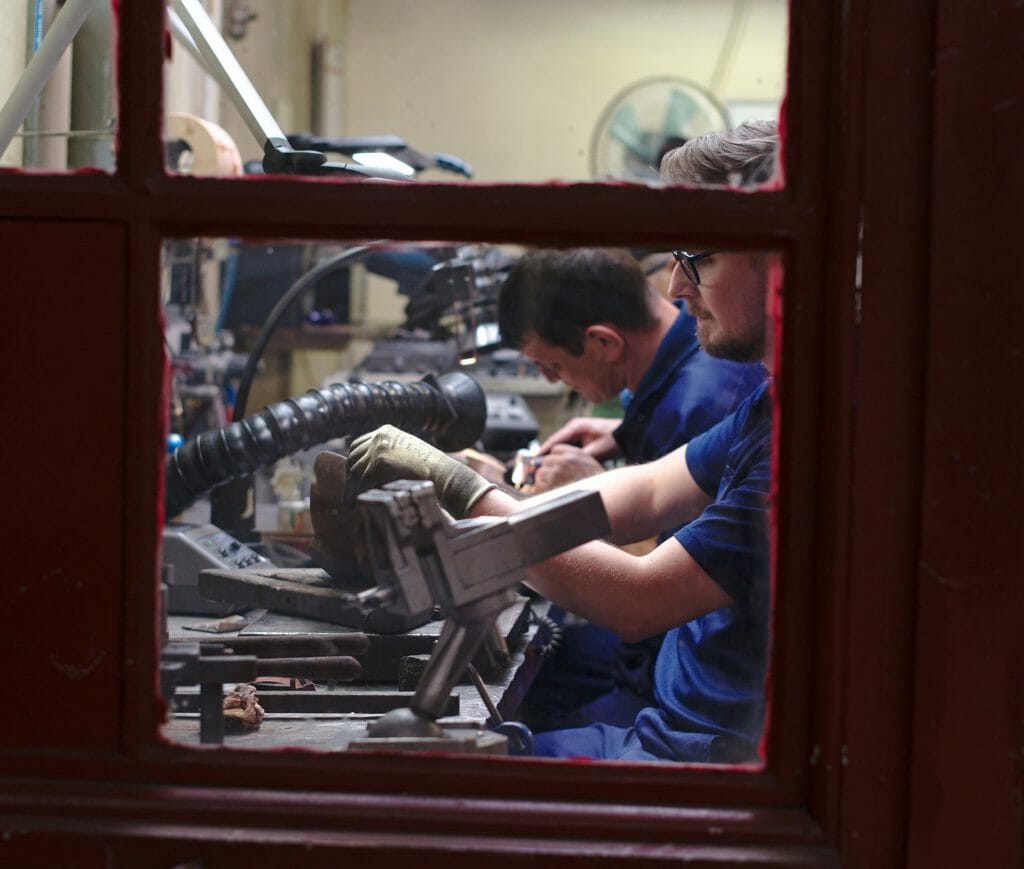
The House of St. Louis was originally founded in 1586 under the name of Müntzthal Glass Factory but adopted its current name when it was proclaimed “Royal Glass Factory” under Louis XV in 1767. We will not dwell here on the complete history of the place (the museum is very well done for that) 🙂 but we will rather talk to you about the visit of the factory.
In Saint-Louis it is possible to take a guided tour of the workshops and how should I say… As we come out, we understand a little better why crystal, and particularly that of Saint-Louis, is so expensive! The manufacturing process is simply a series of crazy performances performed by exceptional craftsmen. Glass Blowers, tailors, engravers: all have an extremely important role and possess a know-how that is simply unique.
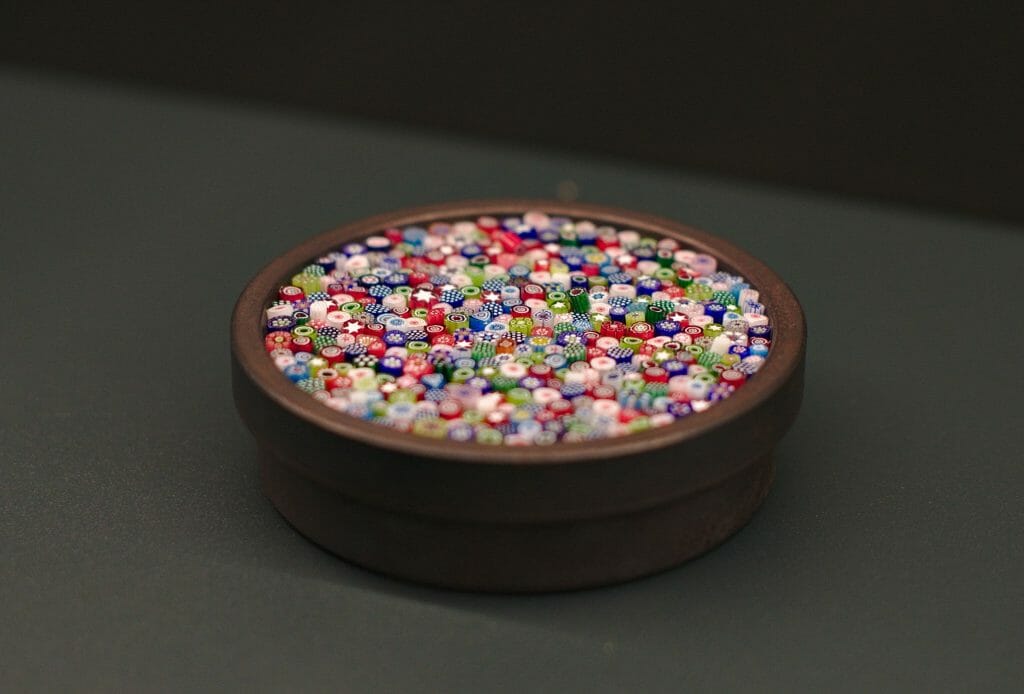
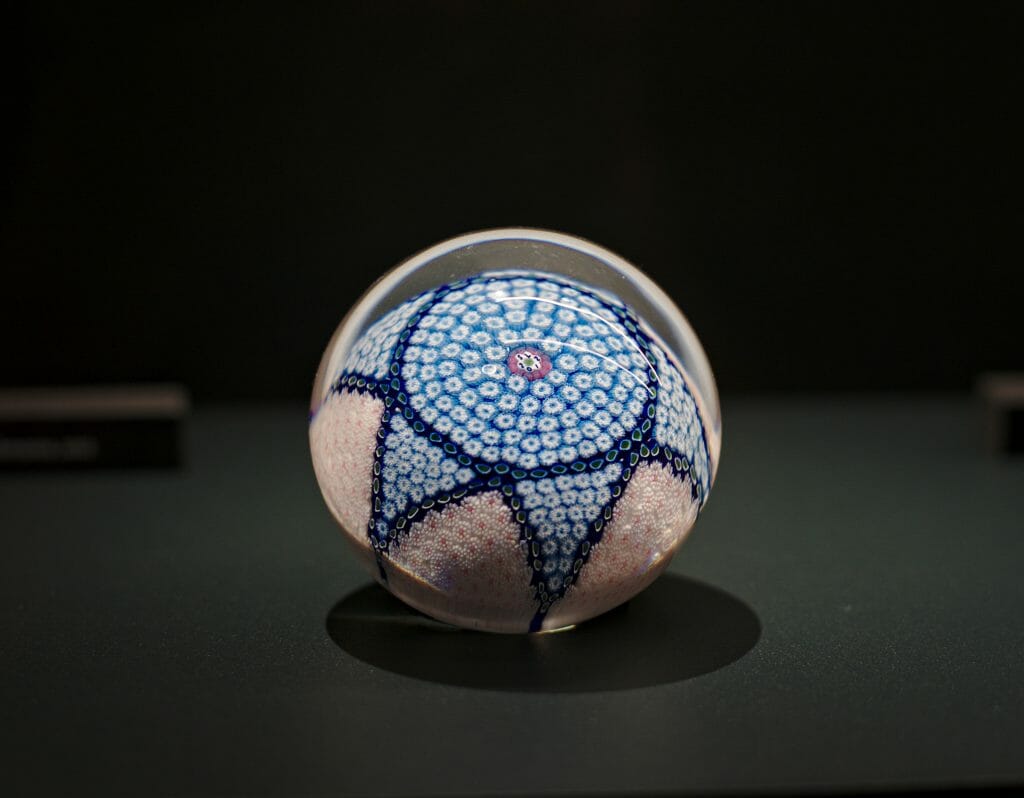
We can only encourage you to come and see it with your own eyes! And even if only a small part of the population can afford to put 250-600€ for a champagne flute, the 17€ of the visit are quite affordable and a unique opportunity to see artists (mostly Best Workers in France) at work.
Infos
Saint Louis Museum and Manufacture
- Opening times: the museum is open every day except Tuesday from 10am to 6pm
- Price: the entrance to the museum costs 6€
- Visite: The museum is very beautiful, but sincerely what is really worth it is to make the combined “Museum + Visit of the Manufacture”. The combined ticket costs 17€ and gives access to a 1h30 guided tour through the different stages of crystal making. Visits are made during the week and outside the craftsmen’s holidays (mid-July to mid-August and during the Christmas and New Year holidays)
- Advice: Come here in the morning!!! Indeed, the guided tour goes through all the manufacturing stages but the tailors only work until 1pm. So to be sure to see them at work you have to come between 10am and 11:30am.
- Important: The guided tour must be booked. The easiest way to book is to make a phone call to +33 (0)3 87 06 40 04.
- More information: On the Saint Louis homepage
The Glass Museum in Meisenthal
Once back in Meisenthal we were just in time for the last guided tour of the Meisenthal Museum. And here I think we had the funniest museum visit of our lives.
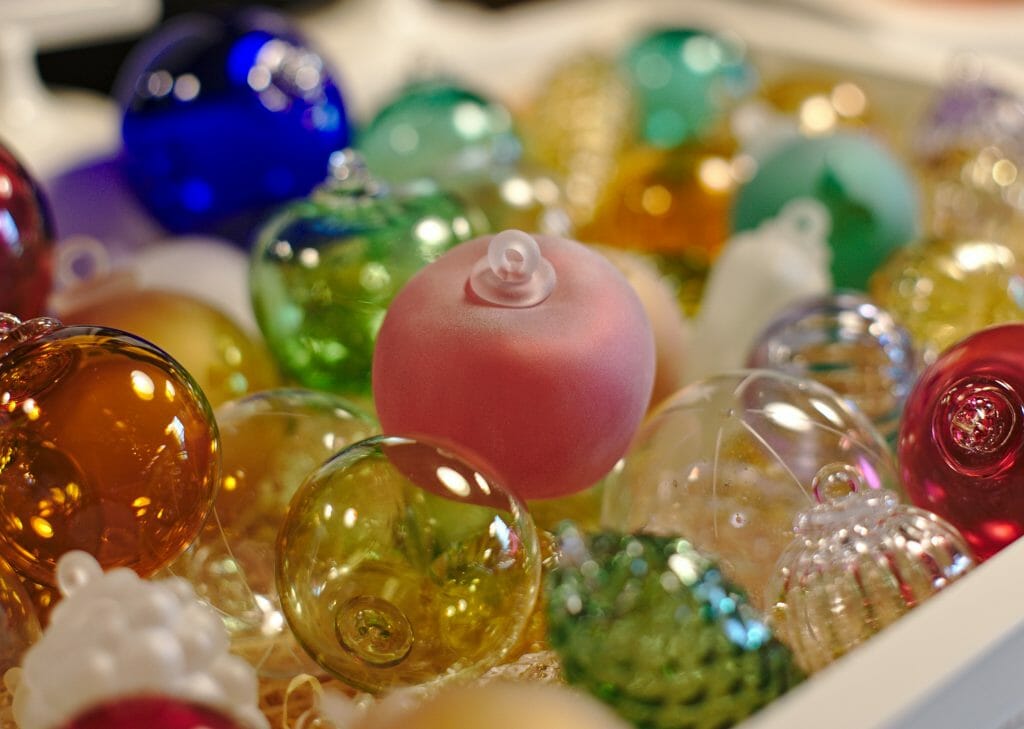
In Meisenthal the visit begins with a short film that explains the birth of crystal making, the different stages of production but also the history of the Meisenthal glass factory, which is best known for its Christmas ornaments.
At the end of the film we were expected by one of the volunteers of the association who is in charge of making the visits. There were about ten of us in our group and I think none of us were prepared for what was going to happen. Not that the history of glass is not interesting, but I seriously never thought I’d be so captivated by the subject.
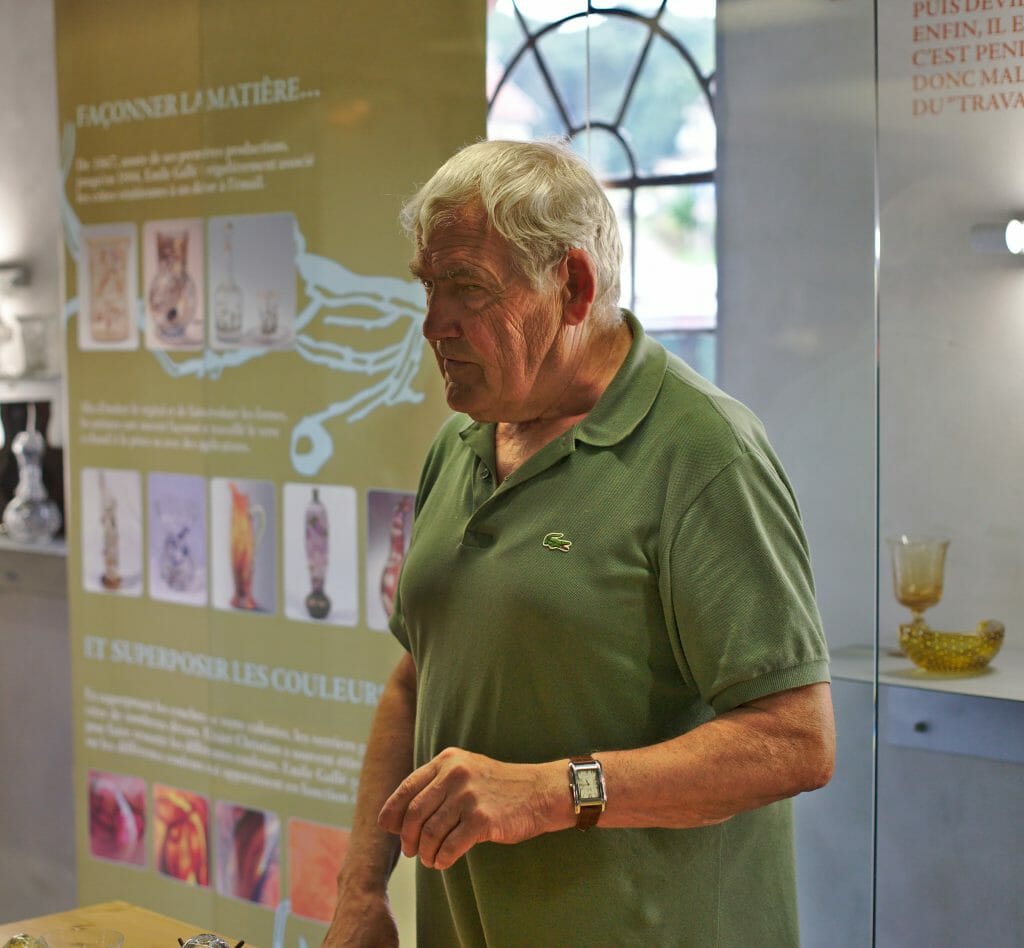
Our guide of the day (whose name we unfortunately don’t know) was simply fantastic! It is with boundless passion and a sense of humor that he guided us for a good hour through the different techniques and tools used to make glass. During this visit we drank his words but we also had some serious laughs. If by chance this gentleman recognizes himself in this text, we send him a big thank you and above all ,we take our hat off to him for his visit!
The tour ends with a detour in the workshops where a glass blower gives a live demonstration of the production of a flower vase. It is very impressive to see the dexterity with which the glassmaker handles his rod. He begins by “picking” the molten glass in an oven heated to over 1300°C before starting the actual “blowing”.
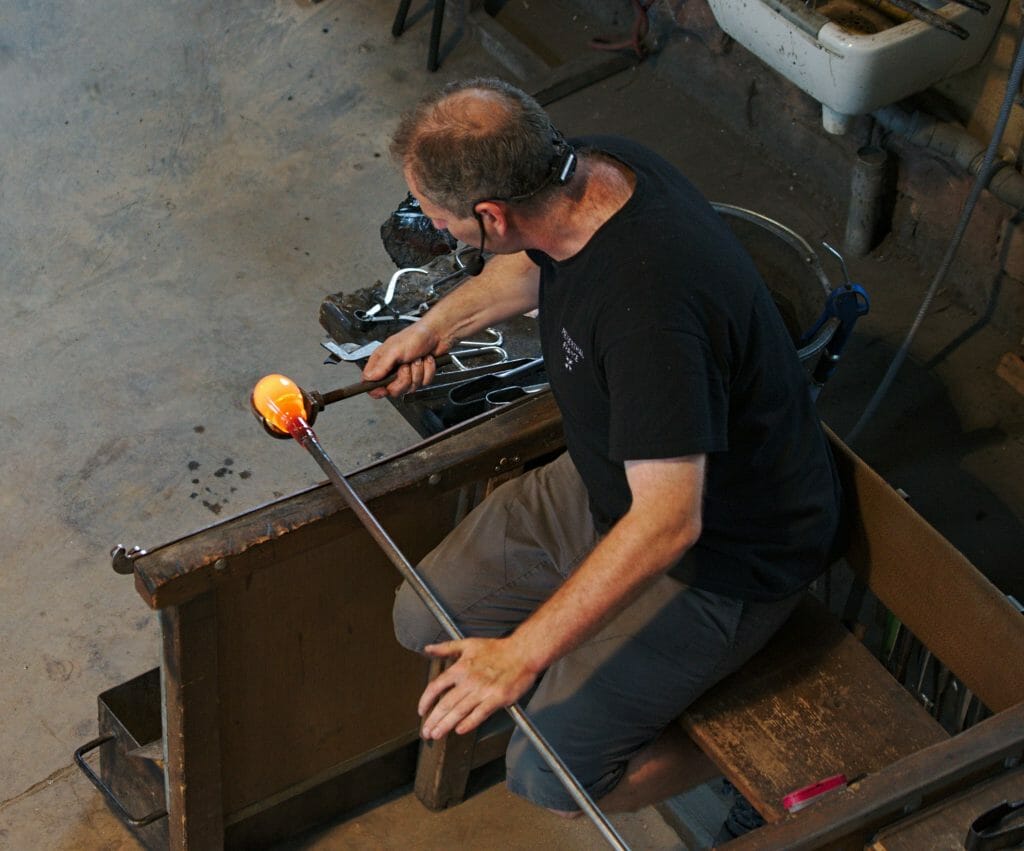
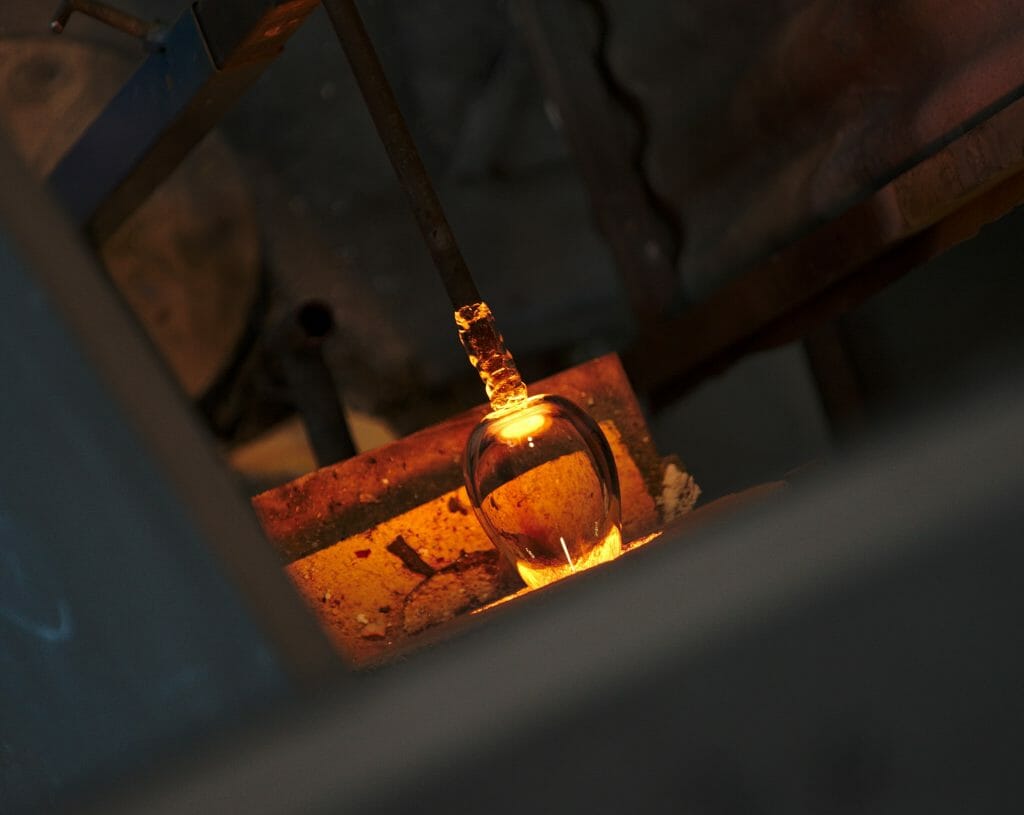
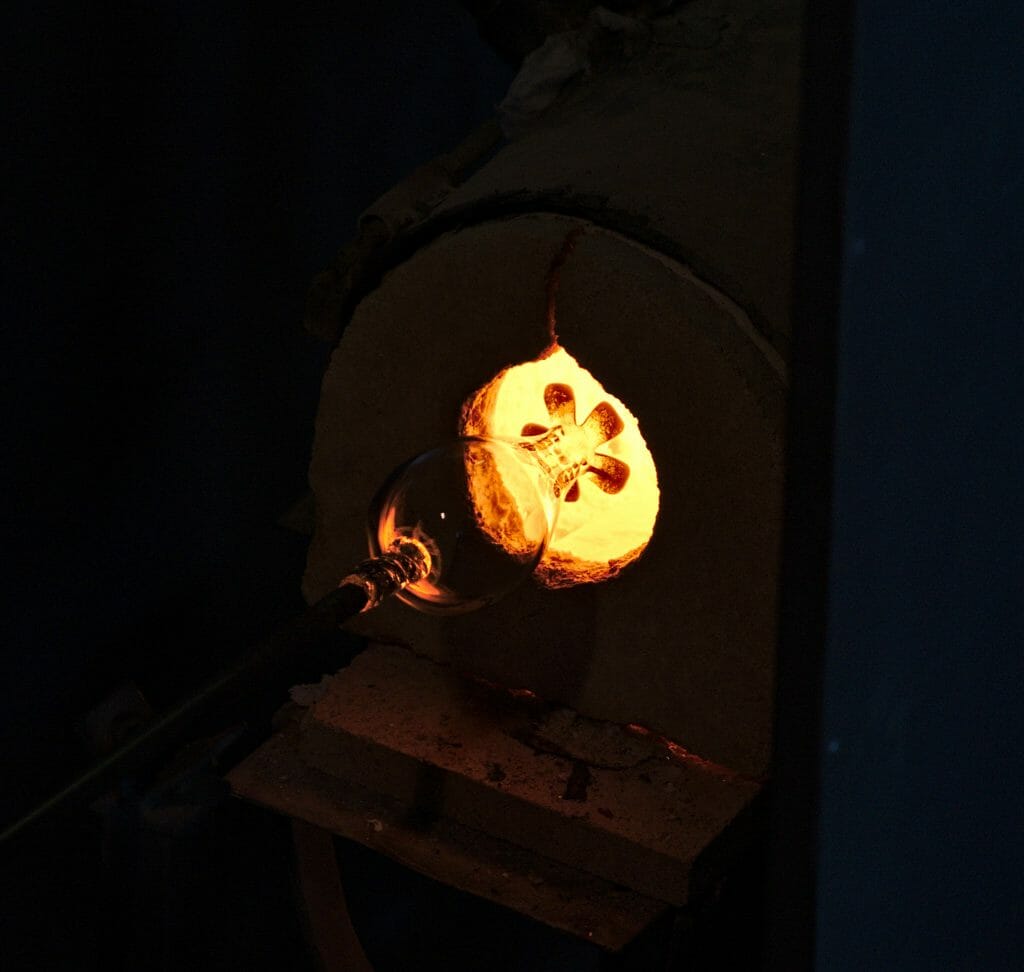
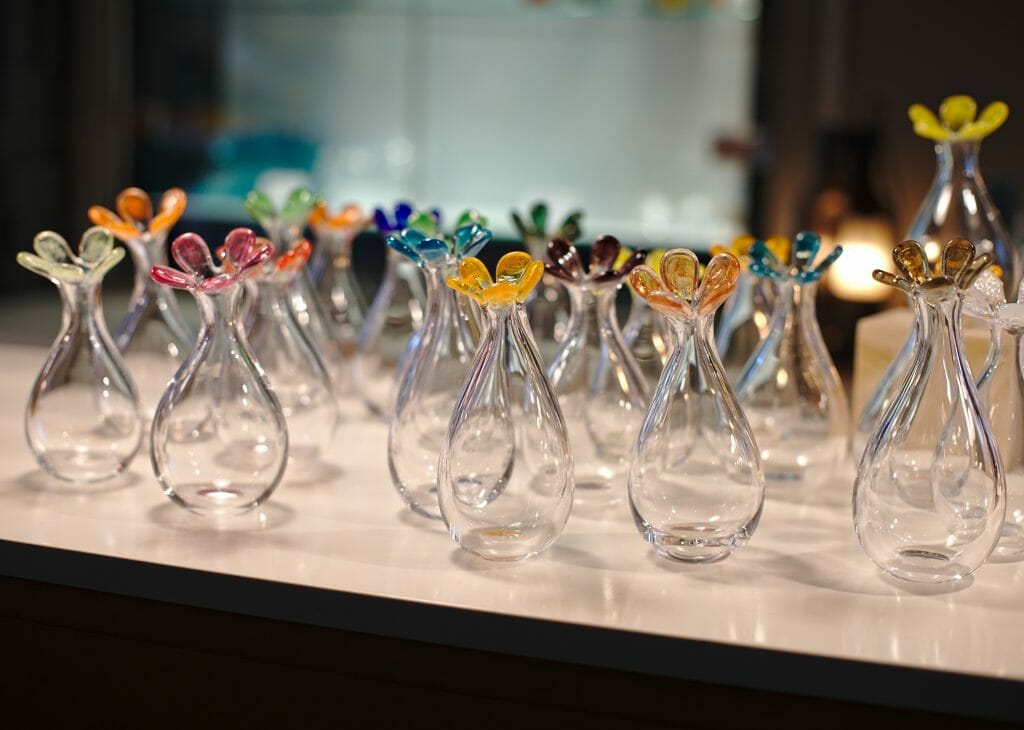
Infos
Meisenthal glass factory Museum
- Opening times: Every day except Tuesday from 2pm to 6pm between April 1st and October 31st. Also during the holiday season between November 11 and December 29. The last guided tour starts around 4pm, but the best thing is to call ahead to check the schedule.
- Price: 6€ per person
- Visit duration: about 1h45
- More information: The Meisenthal homepage
Historical visits on the Maginot line
Radical change of scenery and atmosphere…. We leave the world of crystal and this time we leave for more historical visits along the Maginot Line.
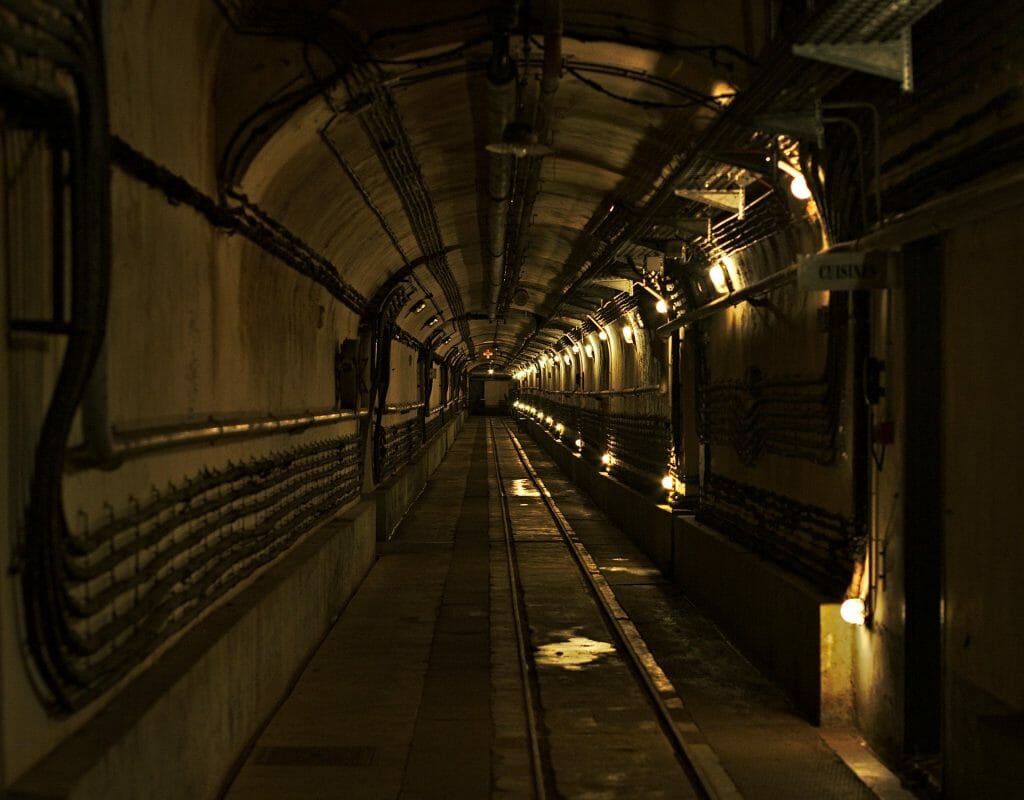
The Maginot line? Hmm this name vaguely evoked something related to the second world war, but we will not hide from you that when we left for these visits our knowledge was at its lowest…. Is it because in Switzerland we do not get to learn so much about french history or maybe because we were not paying enough attention in class??? The question remains unanswered! But in any case, this little historical reminder shot will have done us the greatest good.
The Maginot line: what is it and where is it?
If you are history ninjas you can move on to the next section…. But if you’re not so sure anymore, then this little paragraph should be useful to you! 😉
I promise I will keep it short, but basically the Maginot line is the fortification line built between 1928 and 1940 by France and which extends from northeast to south. The main objective was to build a protective barrier against Germans and Italians.
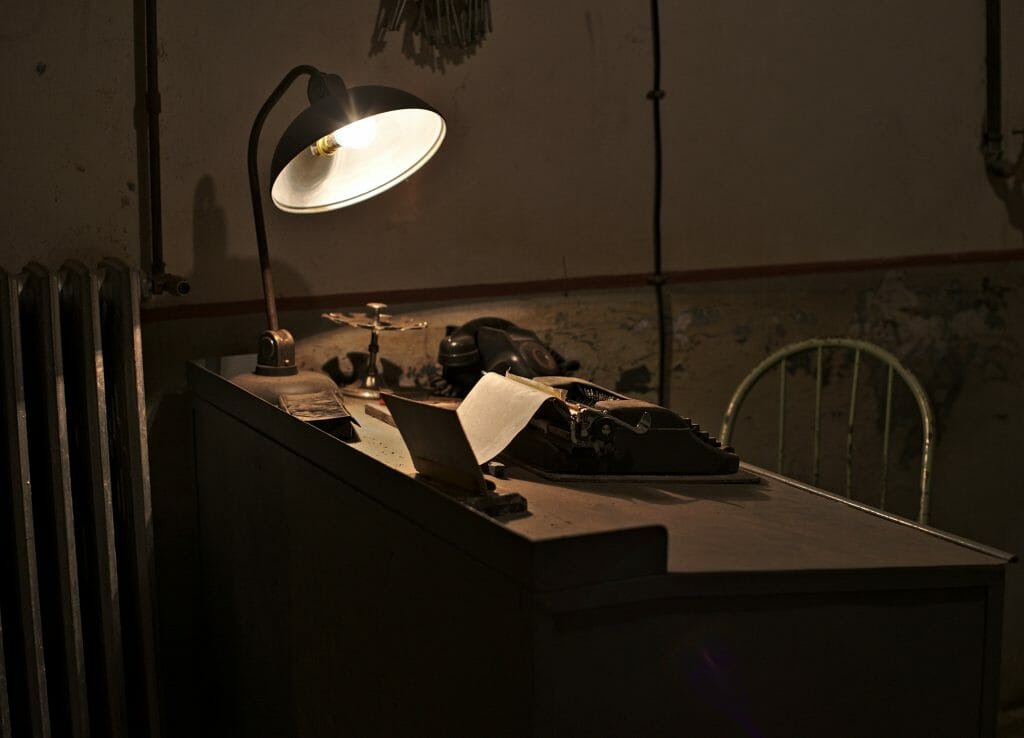
This line of defence was certainly used during the second war but in the end it did not prevent France’s defeat in 1940. In principle, the line of defence was rather well thought out, the only “hitch” in the plans of the time was probably the fact of believing that the enemy would arrive directly from Germany.
To the north, on the border with Belgium, the fortifications were less because the Ardennes were considered to be a natural barrier… Hmmm, I’ll give you the right answer, that’s where the Germans went through and managed to “bypass” this line that was supposed to be “unavoidable”.
At present, there are only a few structures that are still owned by the army; the vast majority have been bought by municipalities and private individuals and it is mostly associations that are responsible for their restoration and opening them to the public.
In the Bitche region 2 structures are currently open to the public and we have gone to visit them!
The Simserhof
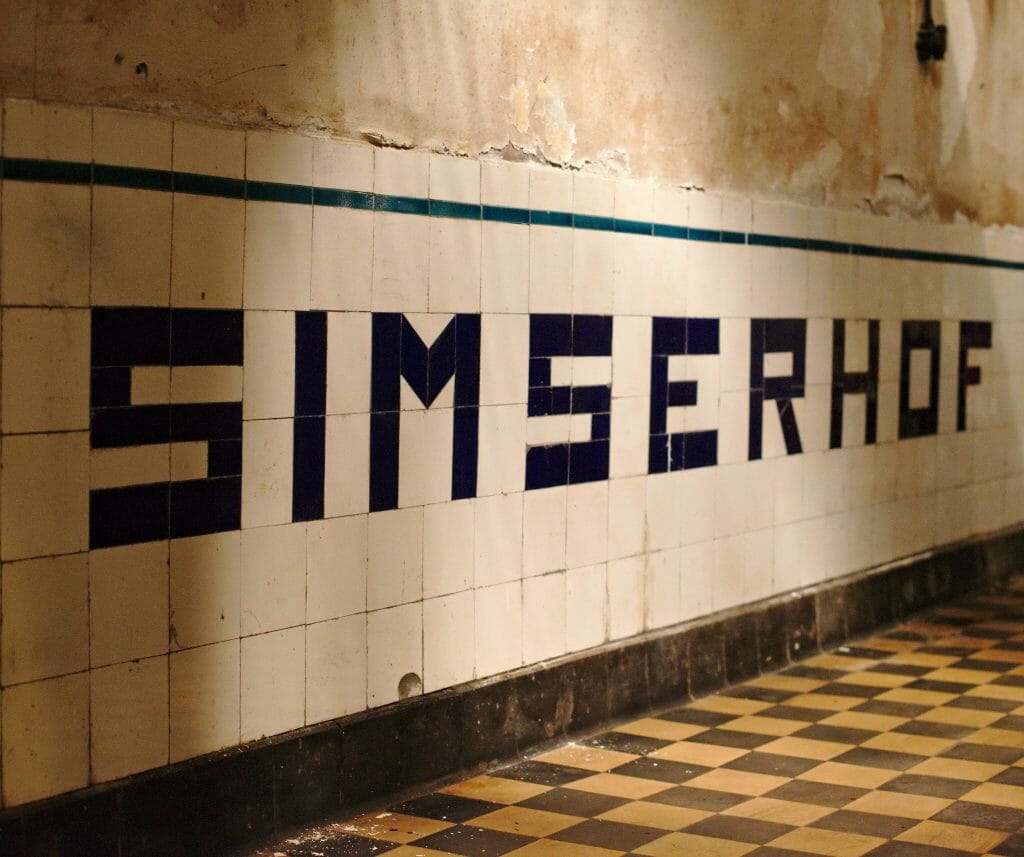
The Simserhof structure is one of the most important artillery structures on the Maginot Line and has been transformed into a tourist attraction since 2002. In all, Simserhof consists of 10 “blocks”, 2 so-called “rear” blocks where the soldiers lived, where the kitchens and power plants were located and where ammunition was stored, as well as 8 battle blocks.
The tour of the structure begins with a 15-minute archive film projected on a giant screen. It covers the entire period from 1918 to 1940 and therefore provides quite a bit of information to understand the context in which this fort was built. Our knowledge of this period being a little rusty (the school days are long gone), this little film was nice to refresh our memory a little bit.
After the film we leave for a visit in a wire-guided cart. In principle, we are generally quite allergic to small trains, but for the time being we have to admit that the latter is really well done. During the whole visit we advance in the fort by listening to the story of an imaginary soldier from the 1940s who first tells us about life in the barracks.
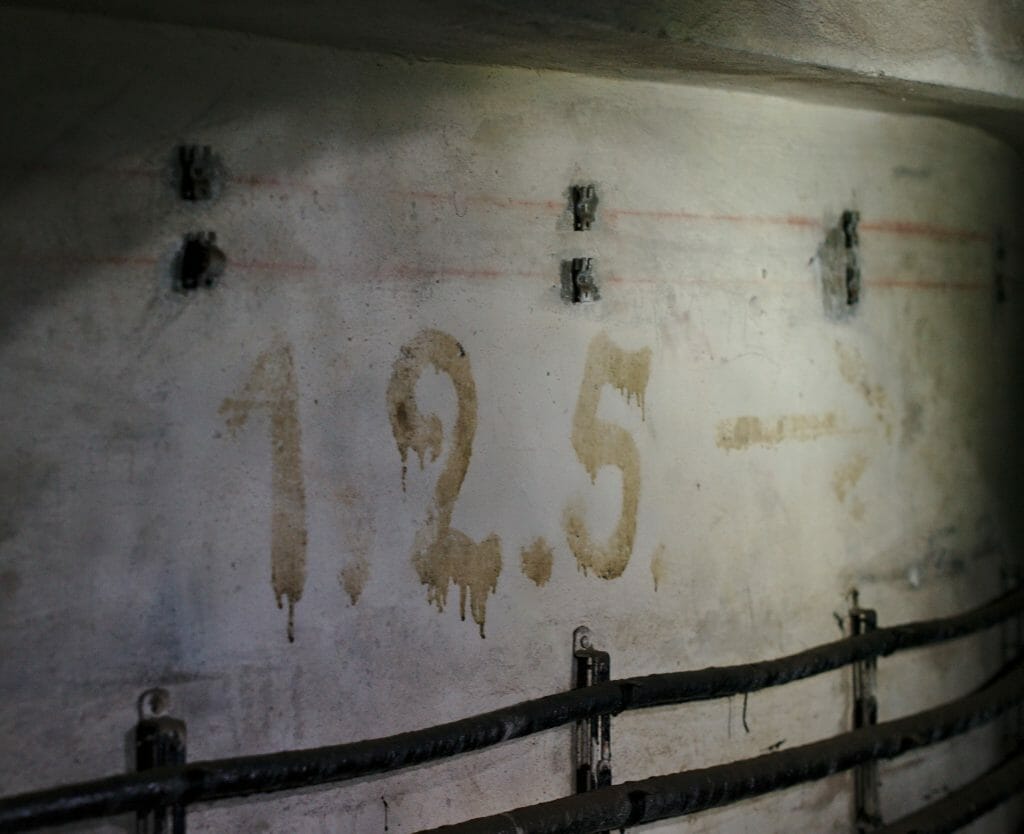
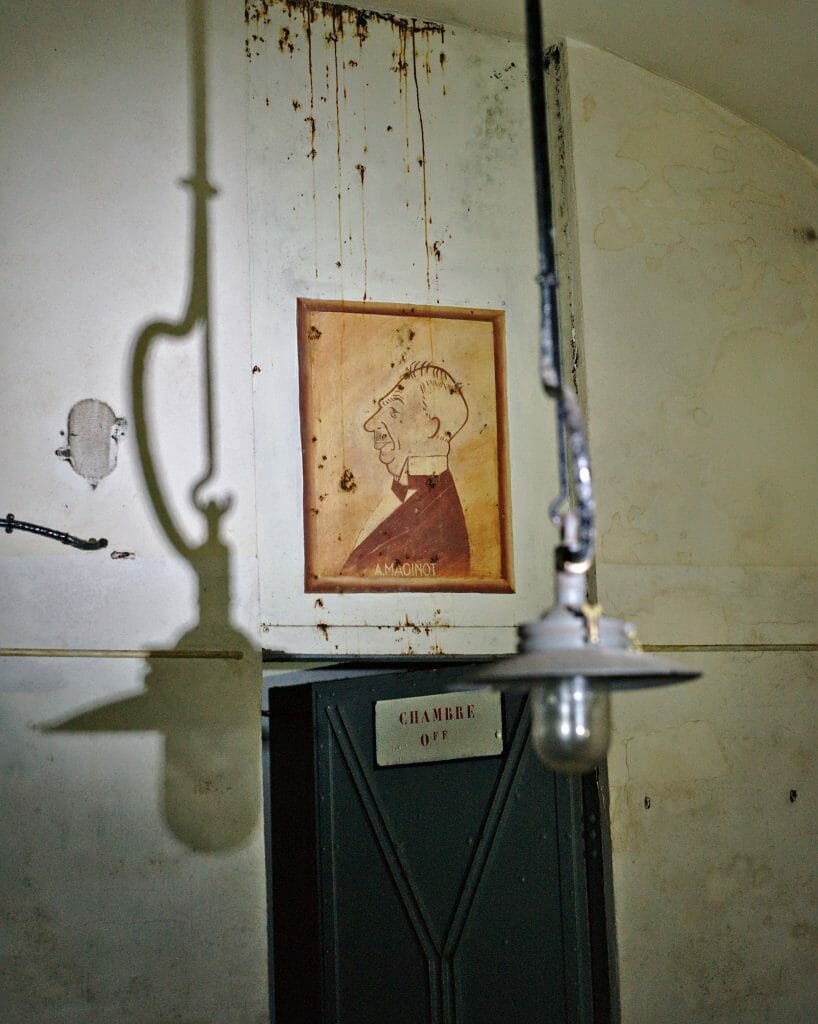
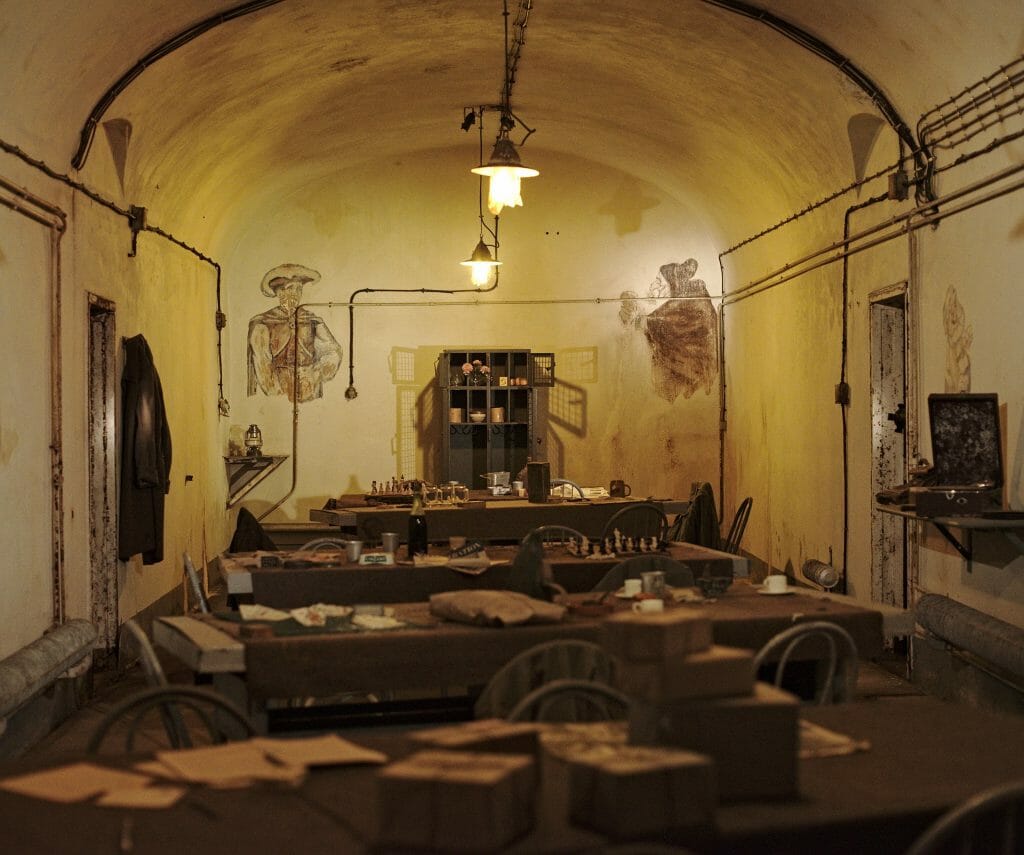
In the second part of the visit, we “live” through the narrators’ accounts of the last 50 days of fighting at the fort in May 1940.
If we liked the film and even the little train, we won’t hide from you that the part that seduced us the most is the “walking tour” part. In the company of a guide, we leave in small groups to the barracks of the fort. This part of the visit is included in the price but is “optional”. Personally we really advise you not to miss this part!
Infos
Tour of Simserhof Fort
- Opening times: March 15 to November 15 (Reservation strongly recommended, essential for groups) from 10am to 6pm (5pm excluding July and August), closed on Mondays except during public holidays and in July and August
- Price: 12€ per adult
- Duration: Allow 3 hours for the whole visit (film, train and walking tour)
- More information: Simserhof homepage
- Note: Remember to bring a good sweater and/or jacket! The temperature inside the fort is 10°C all year round.
A visit of the combat blocks (outside the traditional circuit)
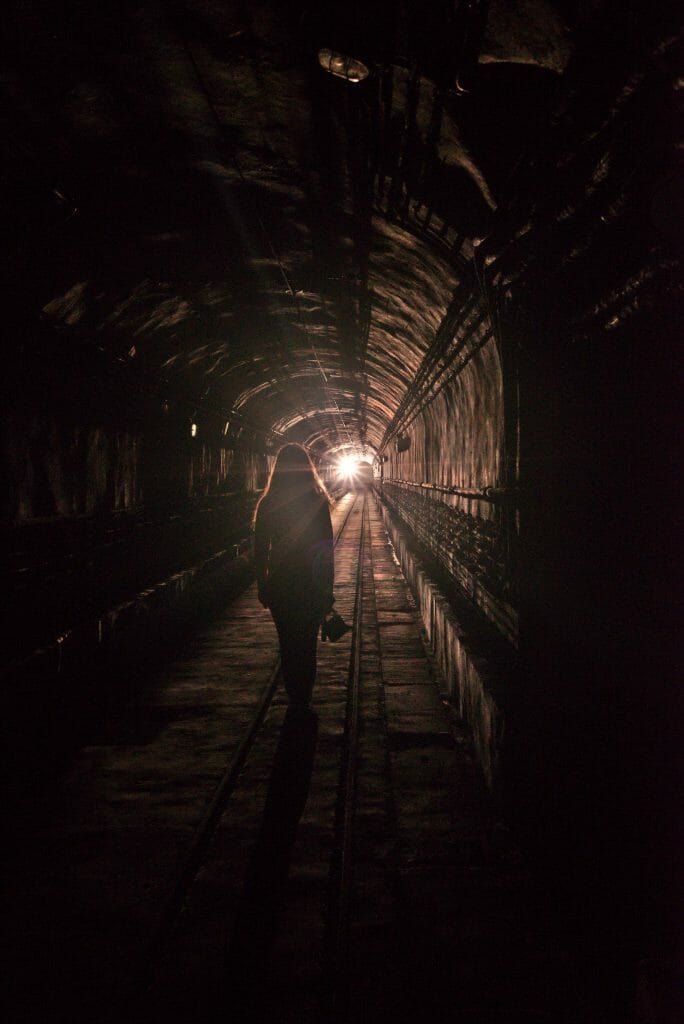
During our visit we had the pleasure of being accompanied by Corinne, the director of the premises. So she made us the proposal to take us to one of the battle blocks. This section is normally closed to the public and we were therefore delighted to take advantage of this rather unique opportunity to see a little more “raw” parts of this impressive work. A walk in the light of our flashlights that gave us chills on our backs… In this section of the visit everything remained “as is” and it is not expected that this will change!
If you are interested in these visits outside the traditional circuit, please note that it is possible to do them on a few rare occasions. To know when these visits are made, we let you look at Simserhof Facebook page! I promise they’re worth it!
If you are more interested in the outdoors then a great alternative may be to take an outdoor guided tour.
This year a visit is organized every first Sunday of the month until November. This visit is done in the presence of a guide and on reservation only!
Price of this outdoor visit “off the beaten track”: 4€. To book, call the following number +33 (0)3 87 96 39 40
Hiking in Simserhof
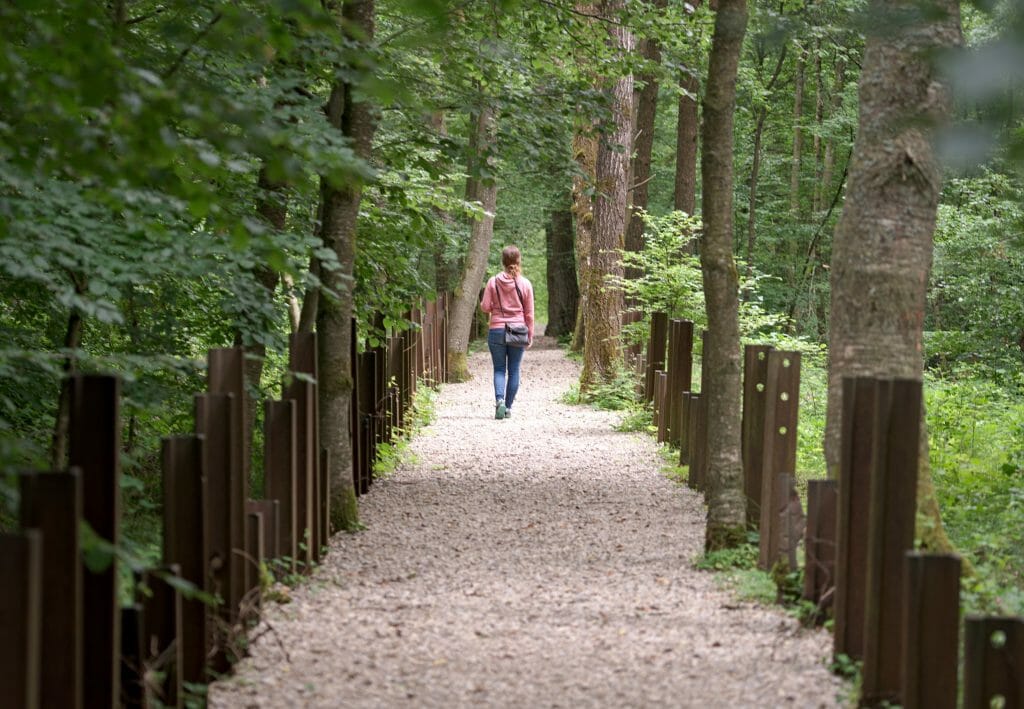
If you are not there on one of the first Sundays of the month then you can still go and see the fighting blocks from the outside. The Vosges club has also marked out a 10km hiking trail around the structure, which allows you to see 6 of the fighting blocks.
Unfortunately, we didn’t have time to do the entire hike (we had a meeting at Fort Casso) but if you are in a sporting mood it can be an excellent complement to the visit.
During the hike you can see the heads of the turrets but also the impressive rows of anti-tank rails! Why rails? Well, quite simply because these are railway rails that were “planted” there in 1937 to block tank access.
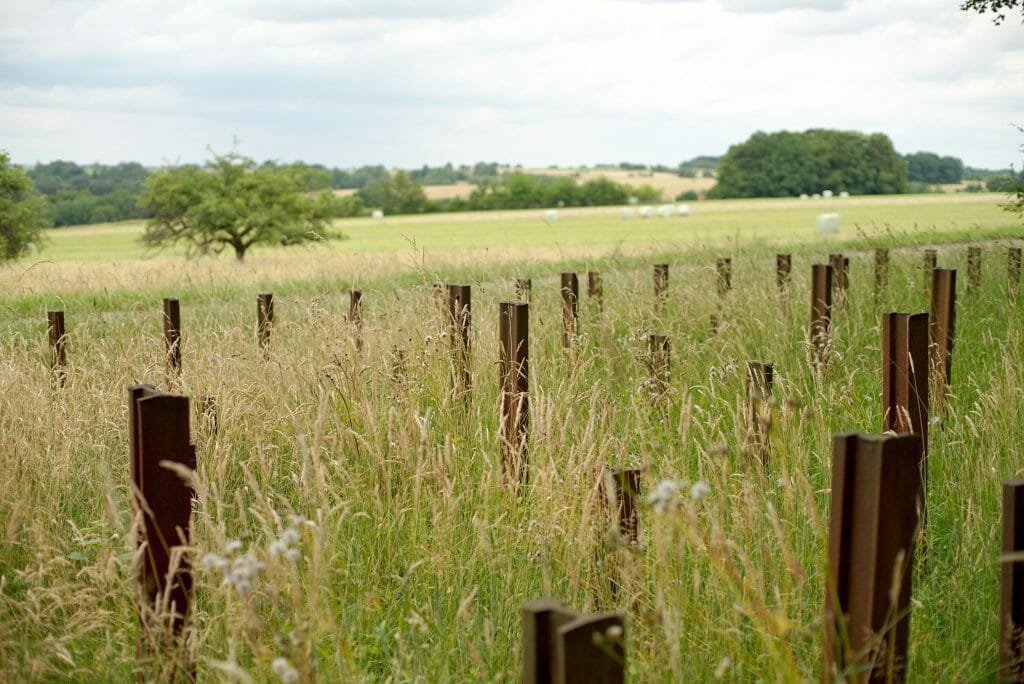
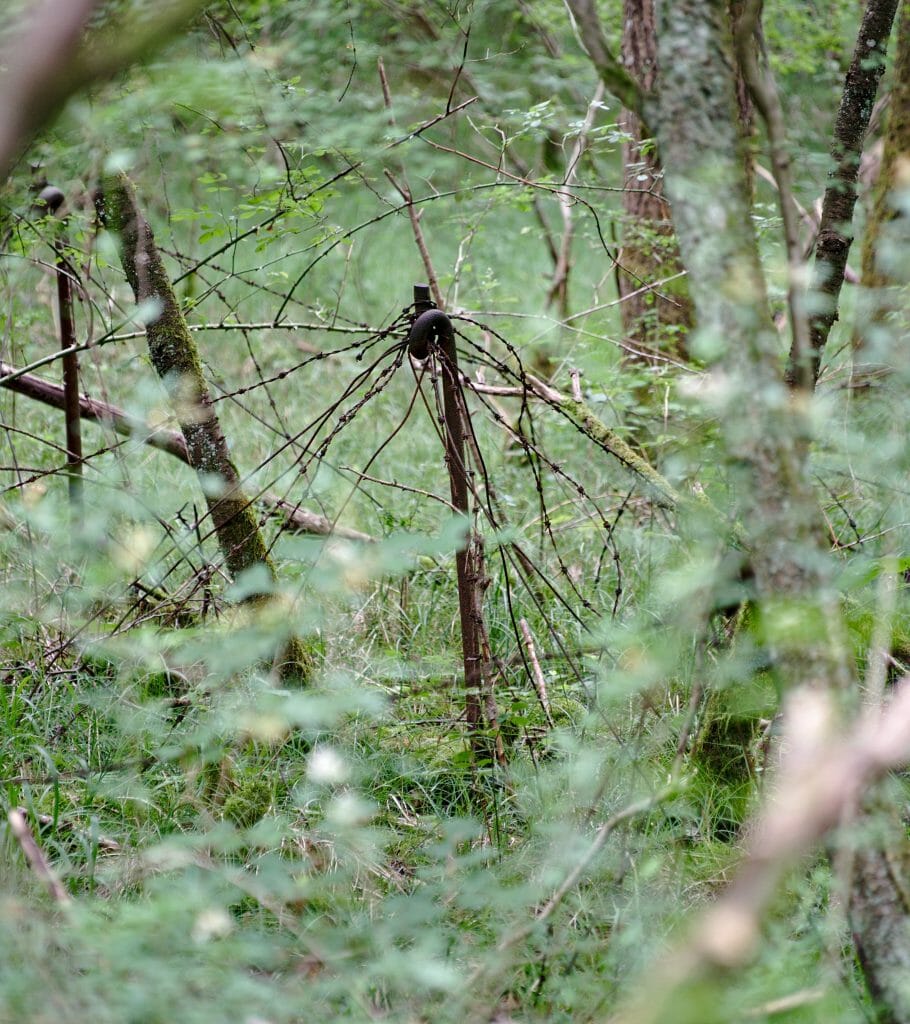
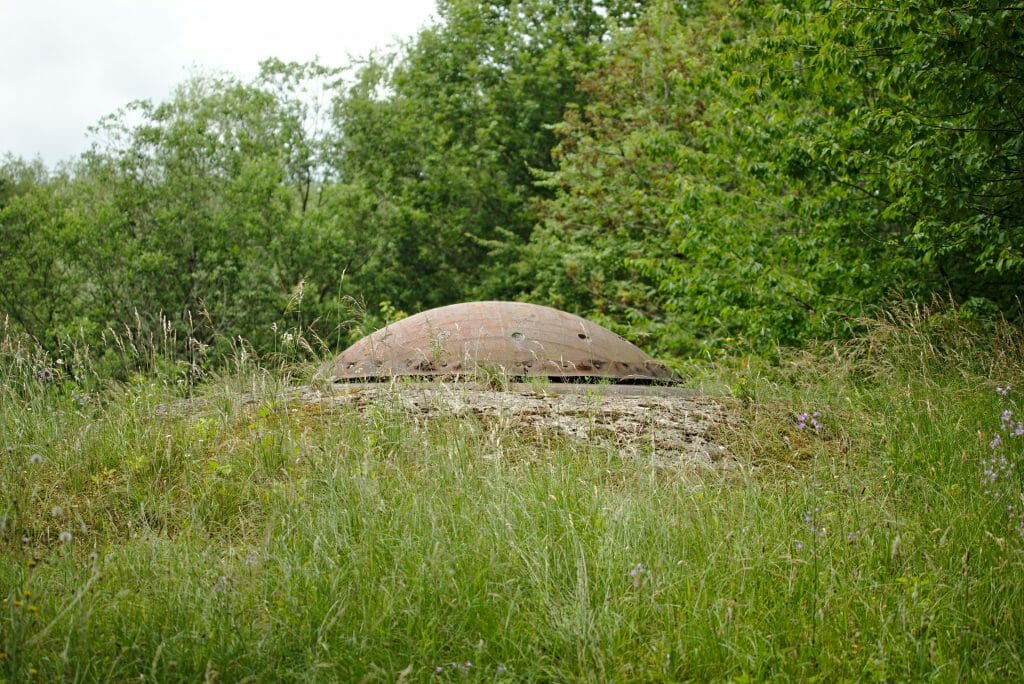
For our part we opted for a shorter version and parked our car at the height of the D85a and left on foot to see the blocks as well as the rails. #OptionRapid;)
Hiking map:
Visit of Fort Casso (Rohrbach’s work)
After Simserhof we took the car back for a second visit of a fort: Fort Casso
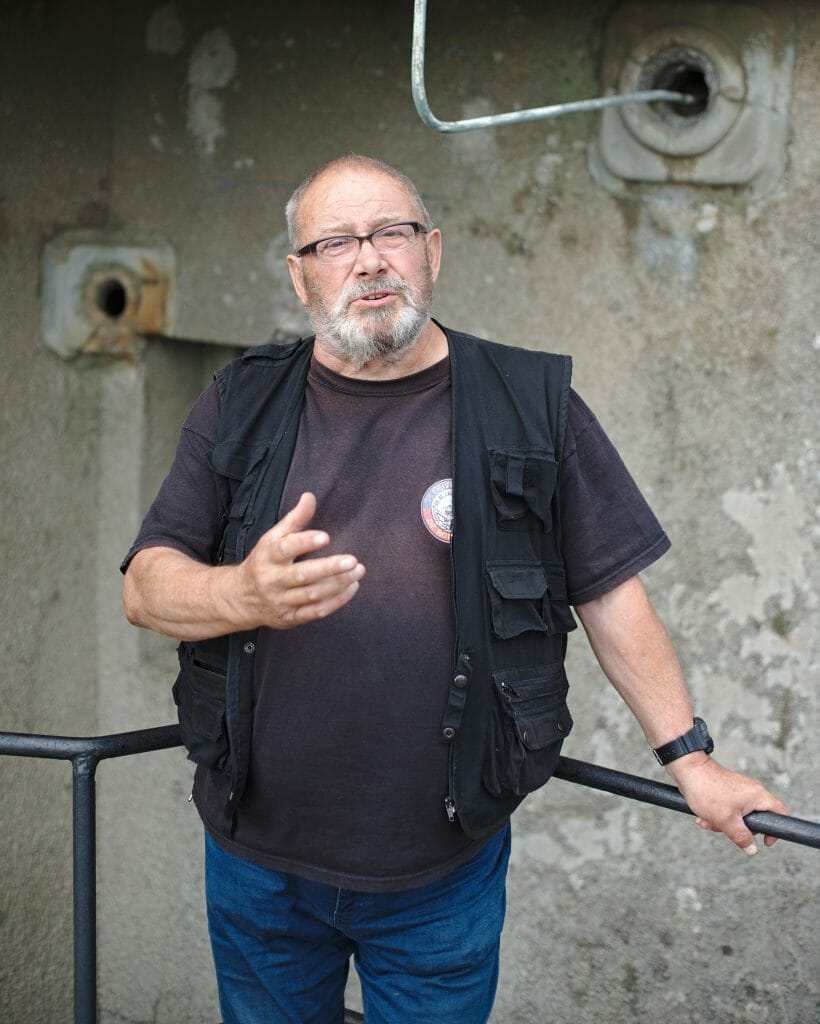
A little like during the visit of Meisenthal this visit was even more exceptional thanks to the guide! On that day, the visit was given by Bernard, president of the association that manages the fort but also and above all an incredible enthusiast who pampers this place like no one else! Because yes, it is Bernard and the other members of the association who are in charge of guiding the visits on a voluntary basis but they are also in charge of all the rehabilitation and decoration of the premises. They stroll through the flea markets in search of pieces that could help to complete their incredible museum and do not count their hours to do all the work necessary to restore this place “to the taste of yesteryear”.
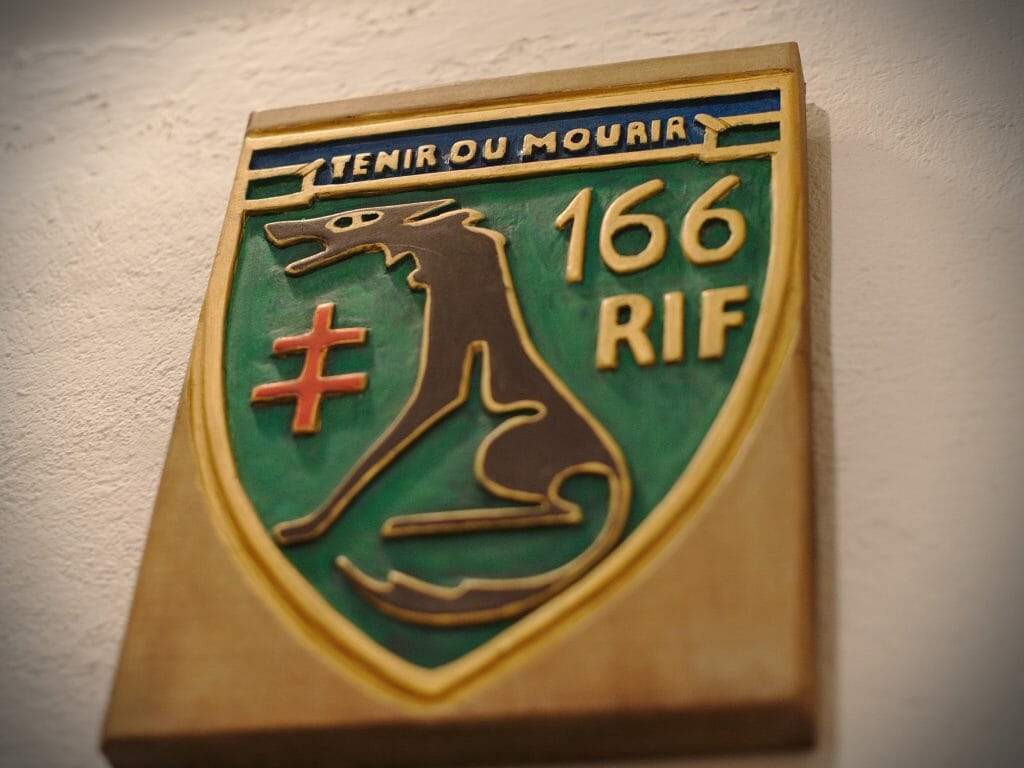
How was the visit? Well, simply brilliant, I want to tell you! 🙂 Fort Casso is a completely different approach than Simserhof. A less touristic visit, less “structured”, much more “spontaneous”. As it is only volunteers passionate about history who make the visit, it will always depend a little bit on the mood of the person giving it but also on the group and their interest. We don’t know the other volunteers, but if they are all in the same vein as Bernard then we can guarantee you that you won’t regret your visit! 🙂
For more than 3 hours we walked 25 meters underground listening to all the anecdotes and stories of our guide of the day. Time has passed without us noticing! We visit the barracks, the kitchens and even an underground power plant. But the main advantage of this visit is the part that takes place in one of the battle blocks. Unlike Simserhof, the battle blocks are an integral part of the “classic” visit.
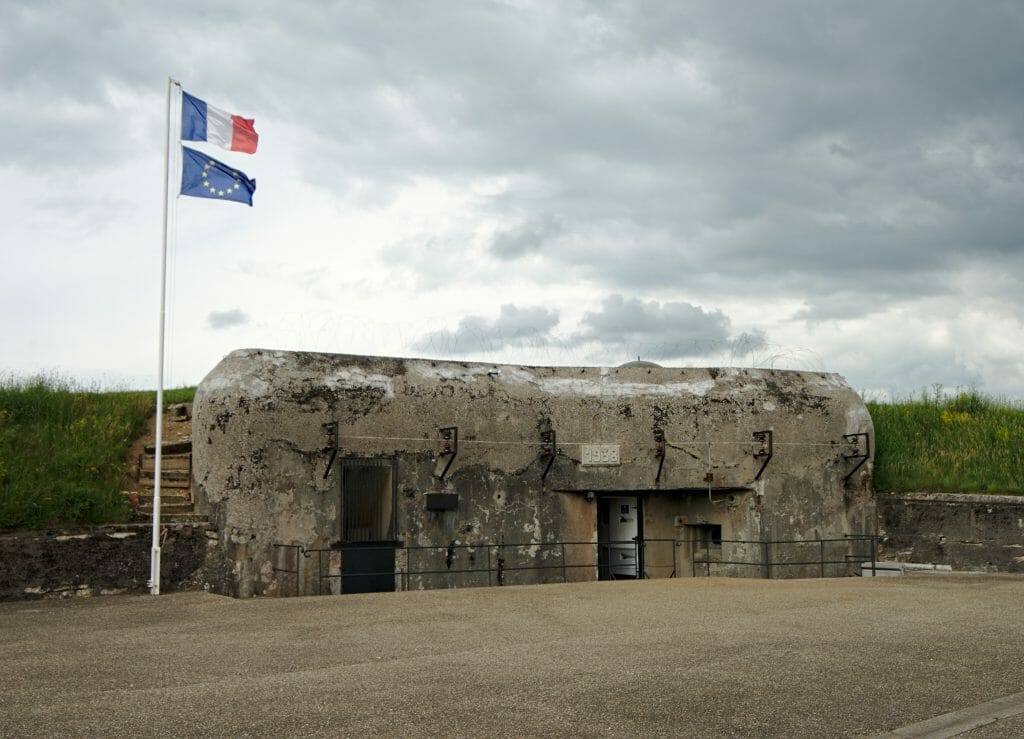
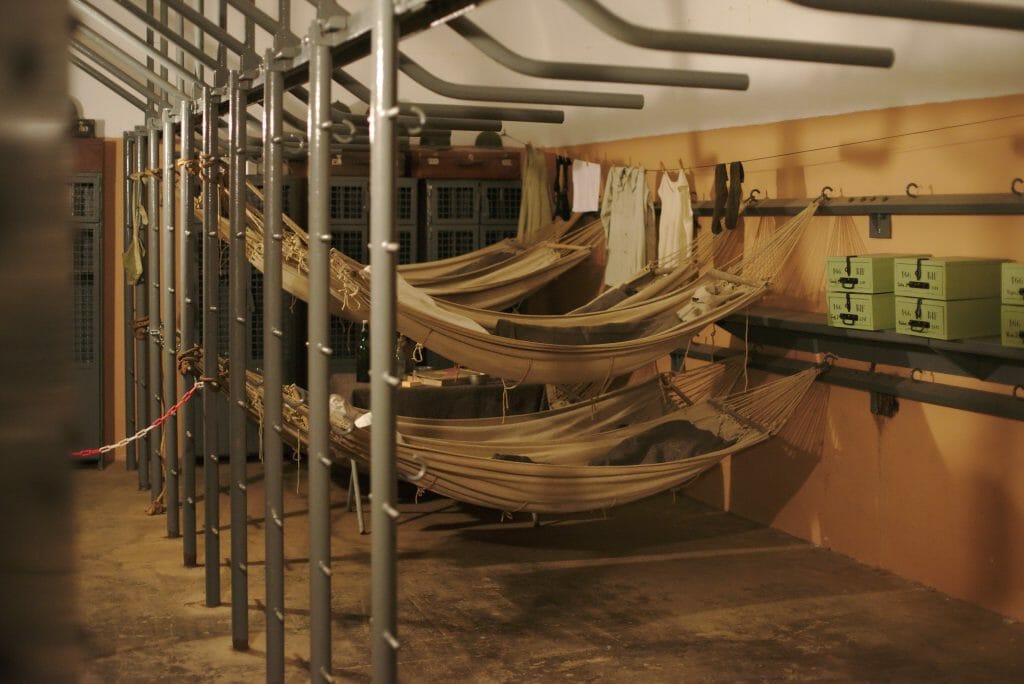
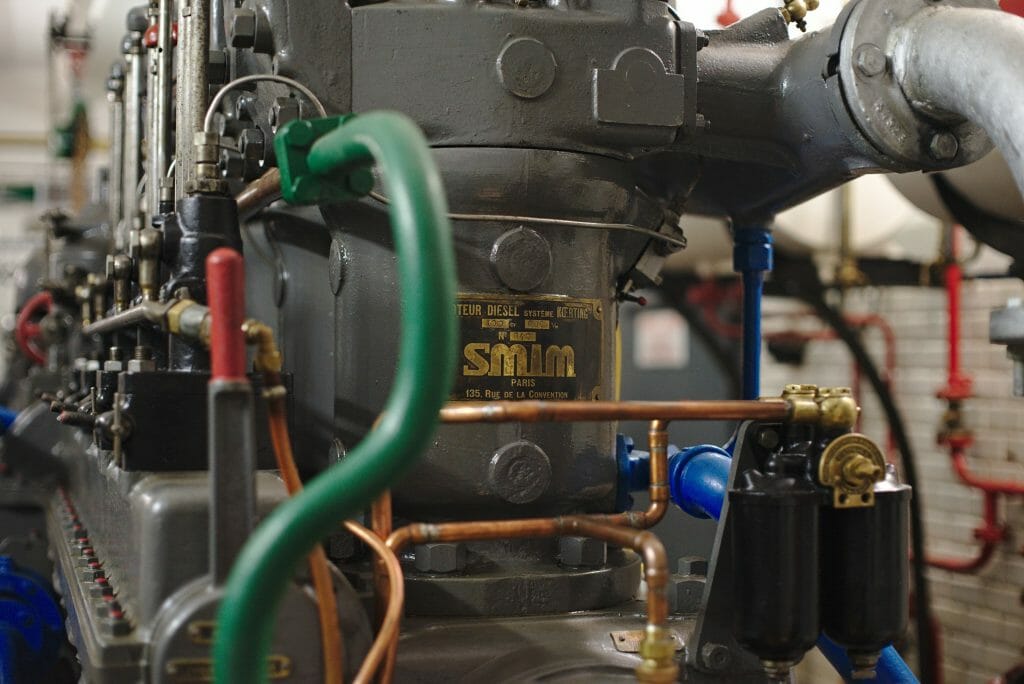
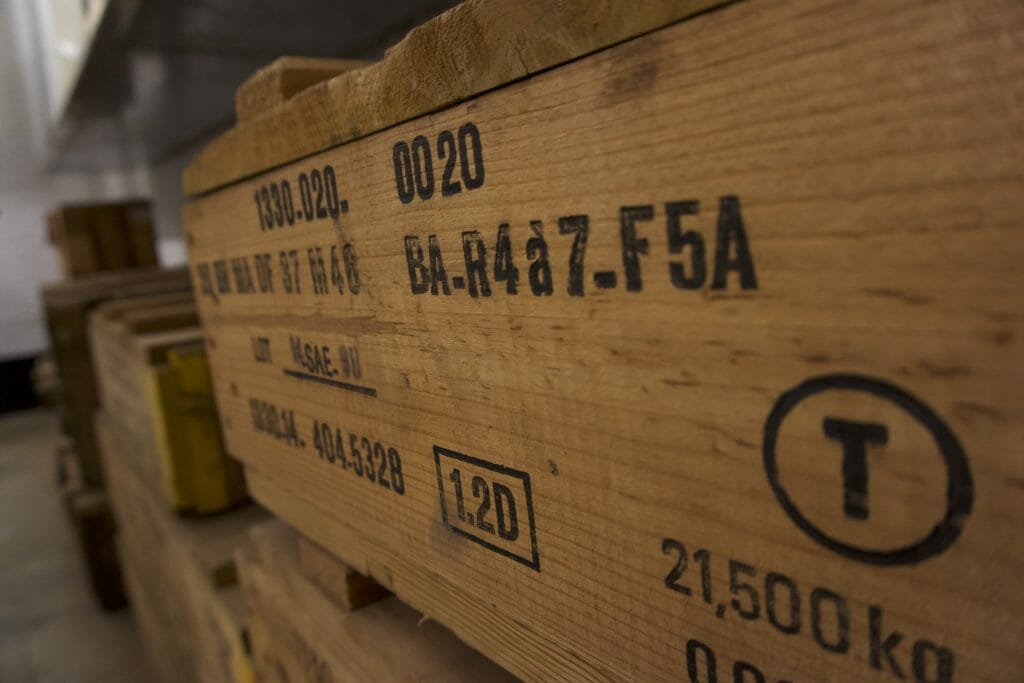
Notice to enthusiasts: during the visit, visitors are directly involved in the battery charging of a 135-ton turret. 🙂
Infos
Visit fort Casso
- Schedule: Varies according to the season but several times a day during the summer. All the information here (in french)
- Price: The guided tour costs 7€ per person
- Duration: Between 2 hours and… much more! 😉 The more questions you have, the longer it can last. Be careful, this visit is done with passionate people so if you launch them on their subject of heart then it can last long!
- Note: Remember to dress well for the visit! It is about 13°C inside the fort (all year round).
The Citadel of Bitche
Change of register (again) and war! If there is still a visit on the historical theme that is recommended for you in the Bitche country then it would probably be the Citadel of Bitche.
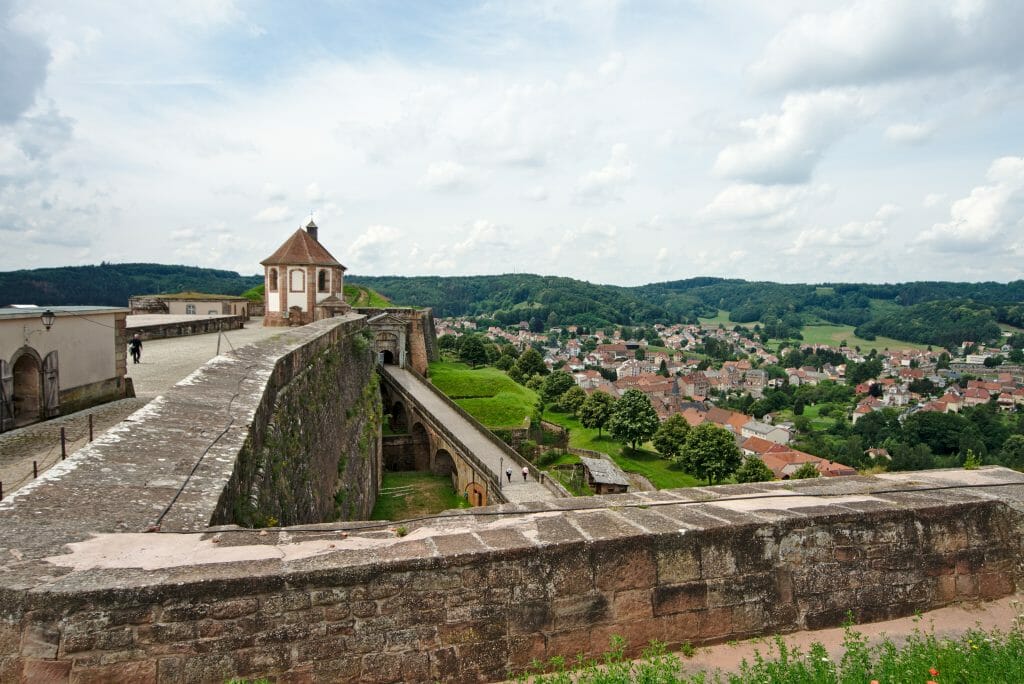
The citadel of Bitche was therefore built a little later. It was first used around 1680 and then again in 1740, but it was only during the Franco-German War of 1870 that it “really” served its full potential. The citadel withstood 230 days of German attacks under the command of Commander Teyssier. The citadel never “gave way” and was never handed over to the Germans on government orders.
Spared during the First World War, however, the citadel suffered some serious damage during the Second World War. Thus, since that period, it was no longer used for military purposes.
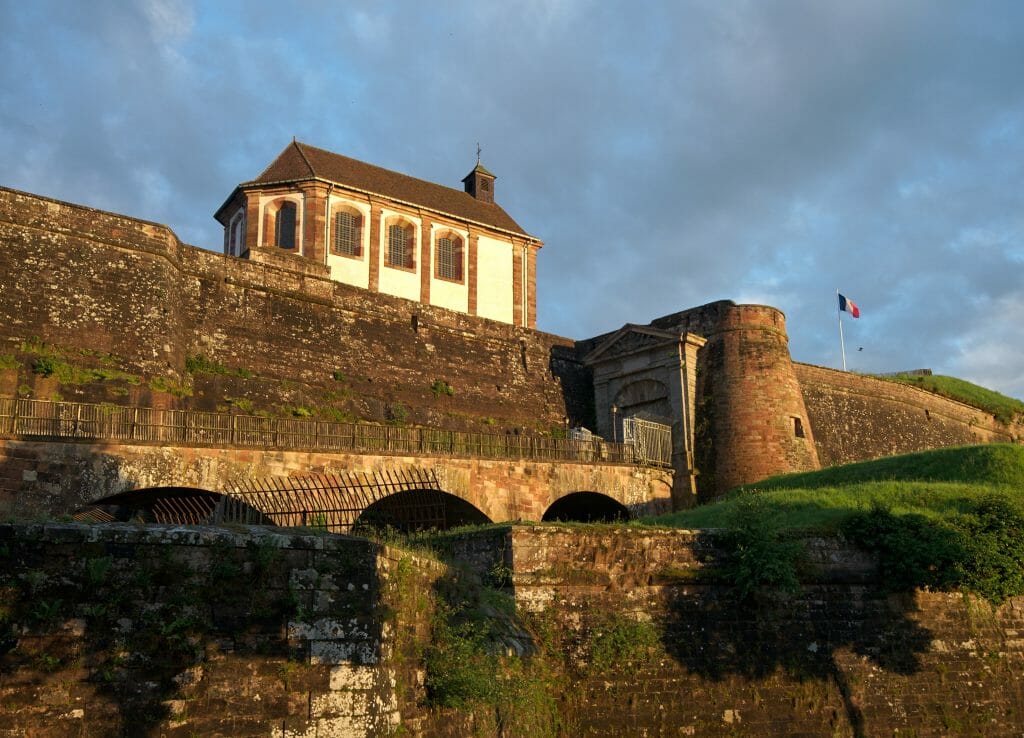
Today, the citadel has been transformed into a museum and allows visitors to explore the underground by following a cinematographic route. Equipped with headphones, we move forward in the different rooms to follow different episodes of a film that traces the siege at the citadel during the Prussian War. This film made in 2006 is really well done and we are totally immersed in it!
Infos
Opening times: From mid-March to mid-October, every day from 10am to 6pm (7pm in July and August). Attention the last entry for the film tour is made 1h30 before closing time)
Price: 10€ for the visit (12,5€ if we take the combined ticket with the Peace Gardens)
Les jardins pour la paix (Peace Gardens)
If you come to visit the citadel of Bitche then it is highly recommended that you take the combined ticket with the gardens for peace. These gardens are located just below the citadel and are a truly unique place!
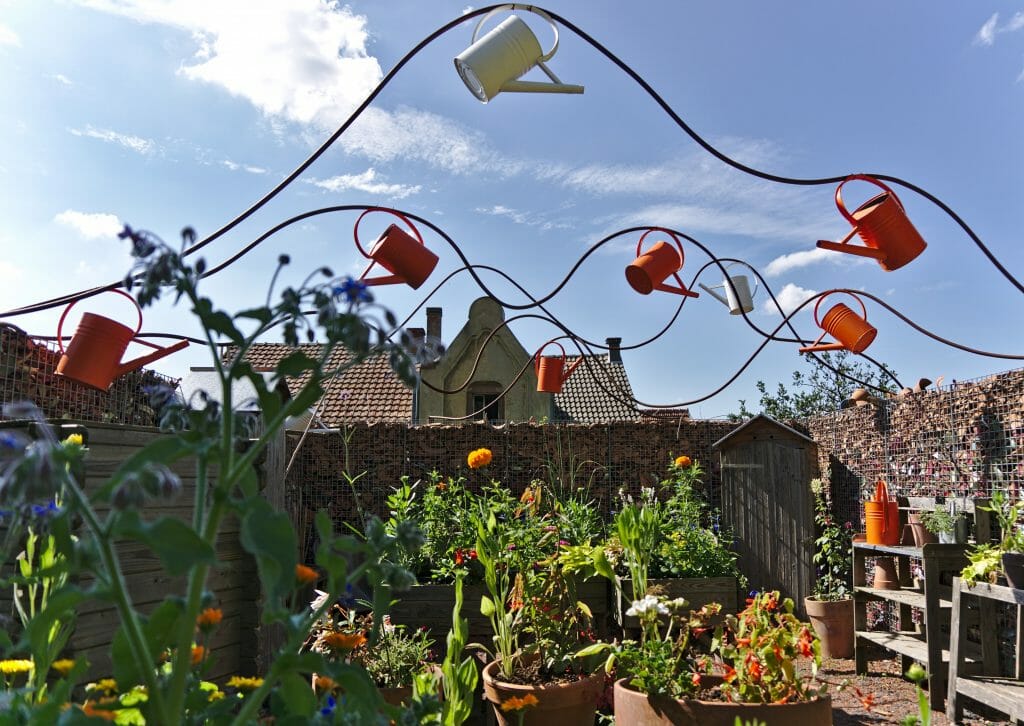
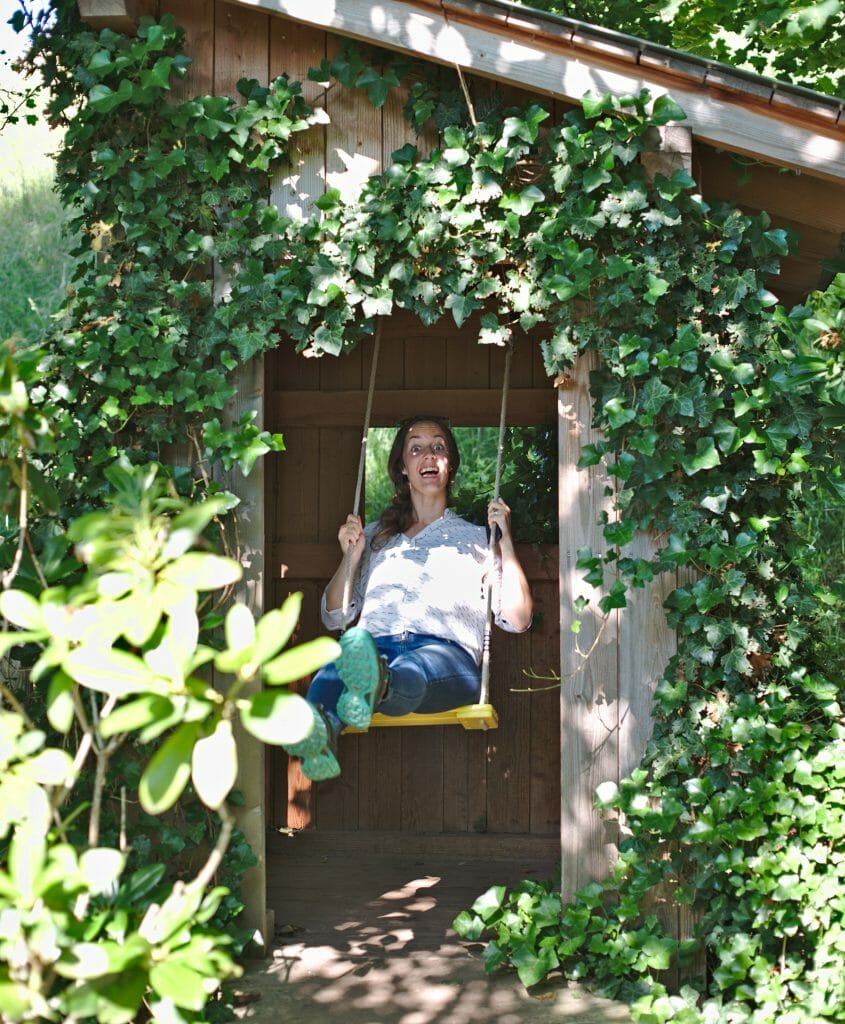
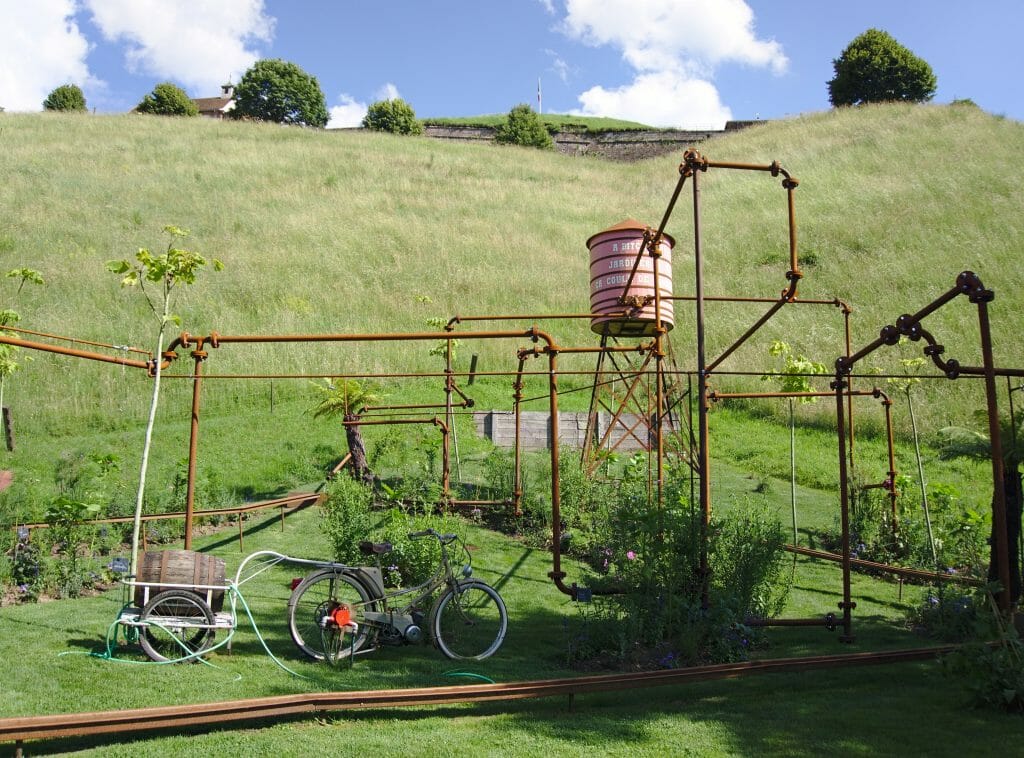
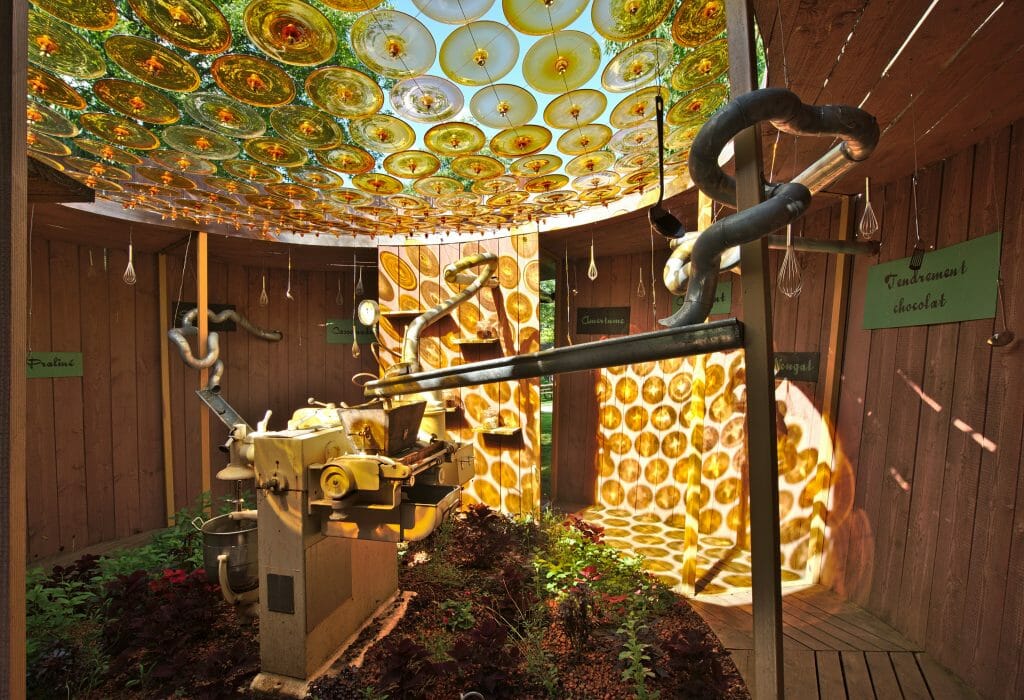
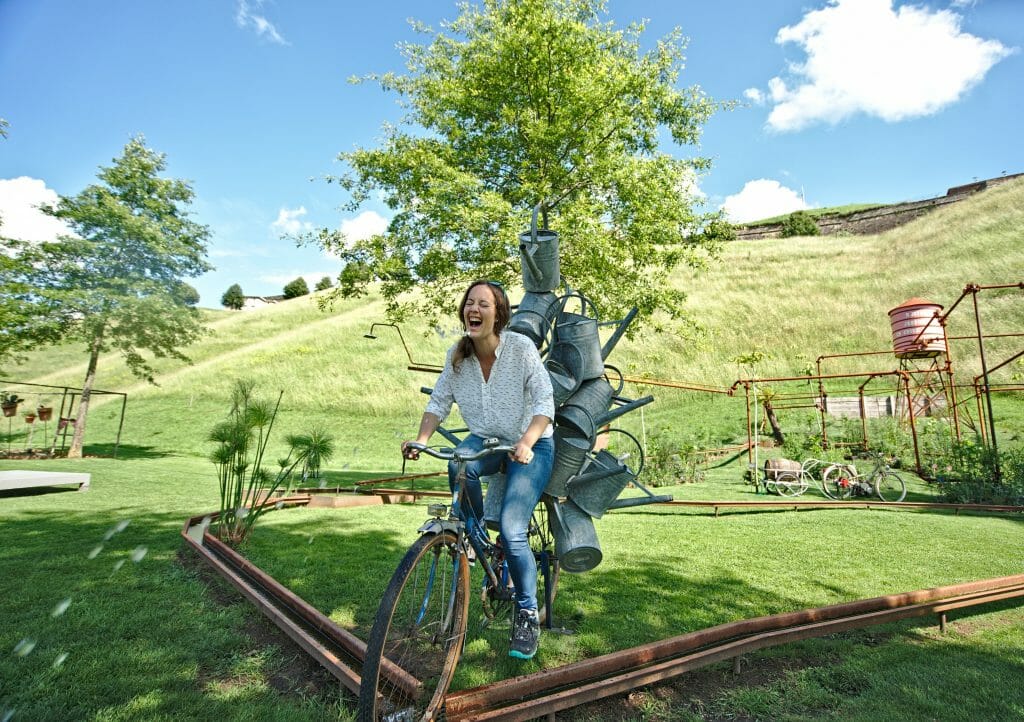
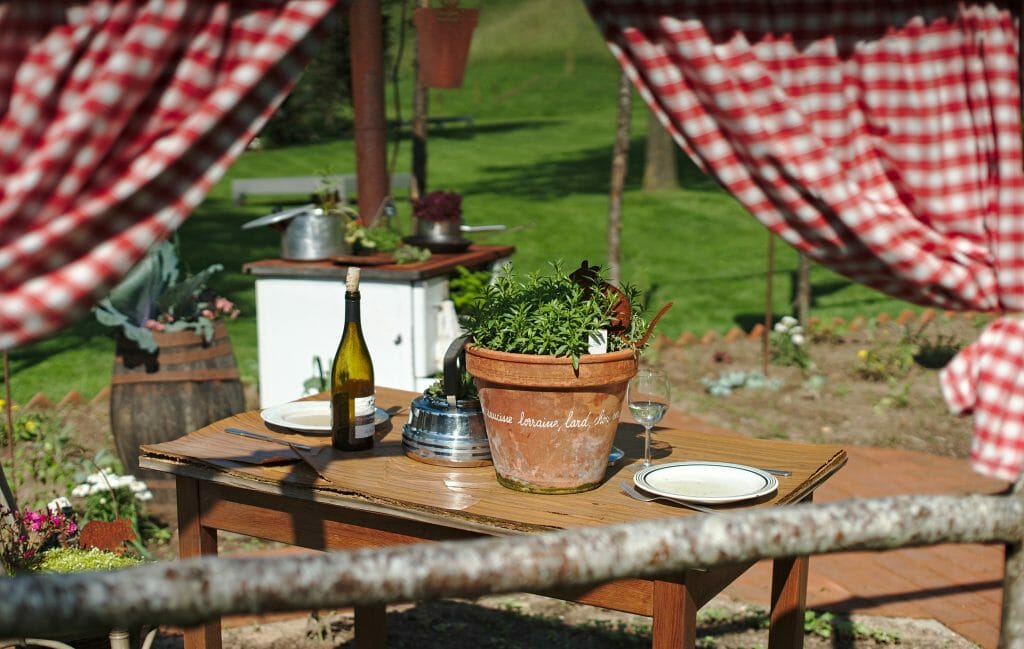
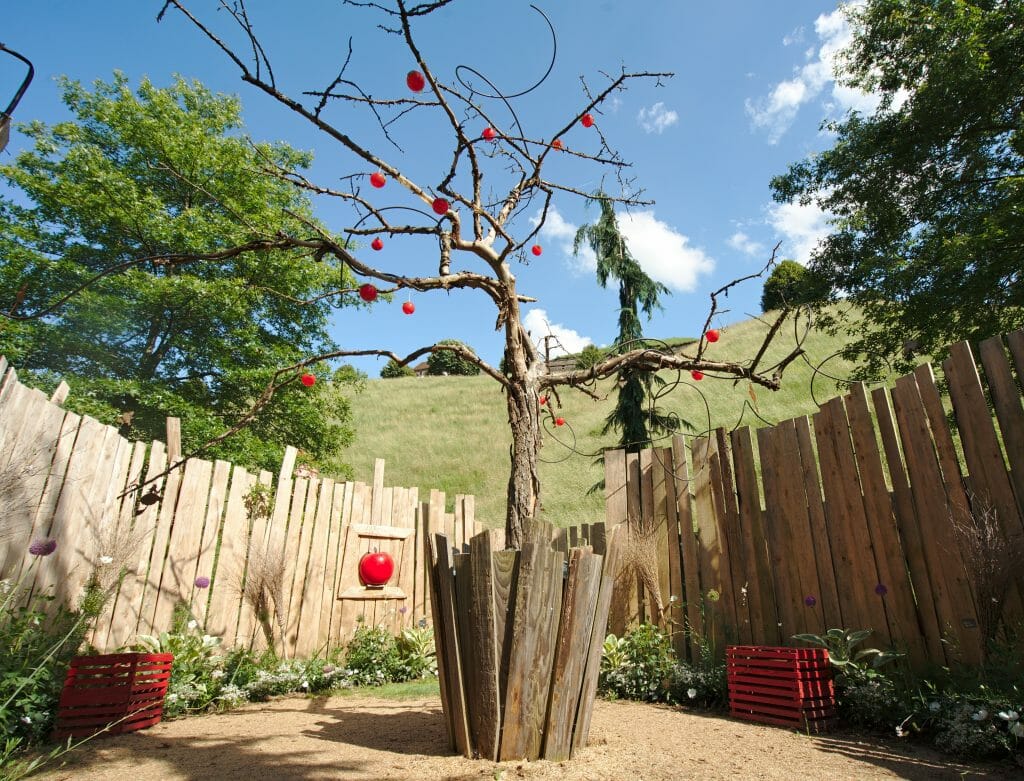
The idea of these gardens is to give free rein to the imagination of gardeners through temporary exhibitions that evolve over the months. In other words, a magnificent place, a little offbeat, and definitively worth a look! We had planned to go there “just for a quick look” and we ended up staying for more than an hour on the small terrace sipping a drink before going to see the gardens.
Infos
Les jardins pour la Paix (Peace Gardens)
- Where: Rue Bombelles in Bitche (just below the citadel)
- Opening times: Every day from 11am to 6pm
- Price: Admission is 5€. But if you take the combined ticket with the citadel it costs €2.5.
Pays de Bitche: See you soon!
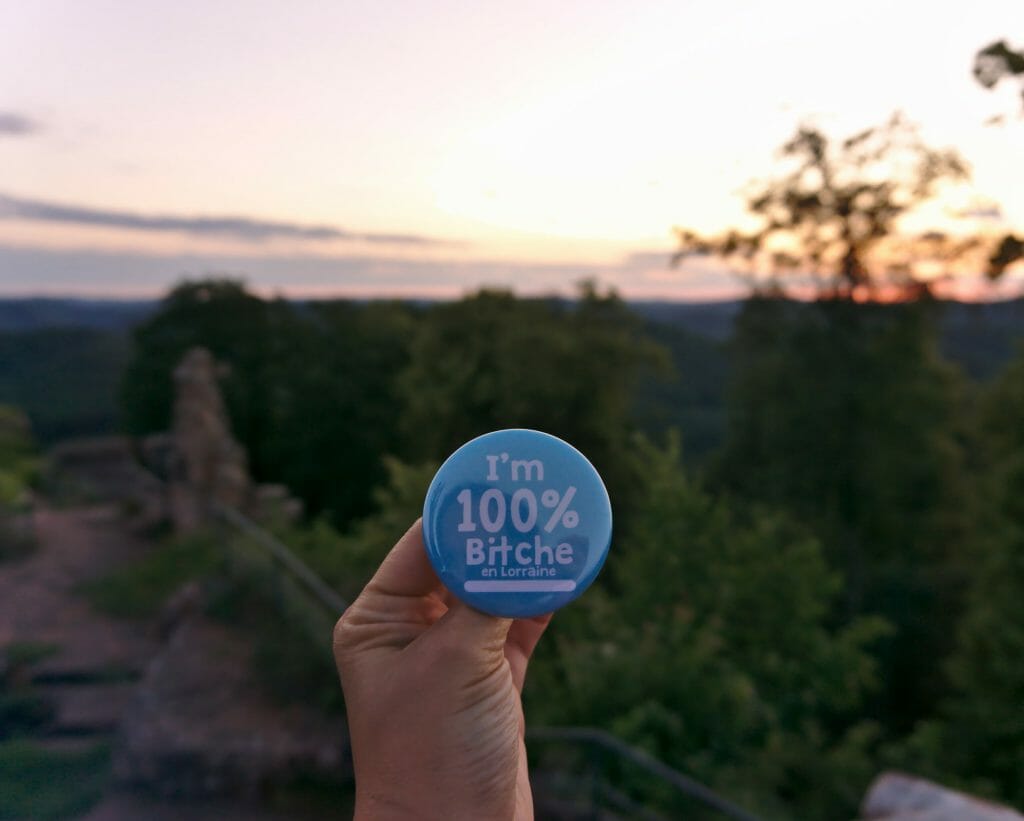
You will have understood it, the country of Bitche we’re leaving it completely charmed! This small corner of France in the northeast is a small paradise for lovers of nature and history. The Bitche region is definitely one of those places where you don’t come for ultra connectivity and social evenings, but where you can enjoy 2000% of nature, where you can learn a little something about french history and above all where you can let yourself be carried away by the infinite kindness of the locals.
We hope that our 2 articles have given you some great ideas to discover the area and we wish you a wonderful stay in the beautiful Bitcherland.
Bitchically, (we know this does not exist, but who cares) 😉
Fabienne & Benoit
Note: Our stay in the Bitche region was carried out in collaboration with the Tourist Office of the Bitche region. We would like to thank Sophie, Corinne and the rest of the team who trusted us and gave us carte blanche on this magnificent project. The entire program as well as the accommodation choices and reservations were made by us.
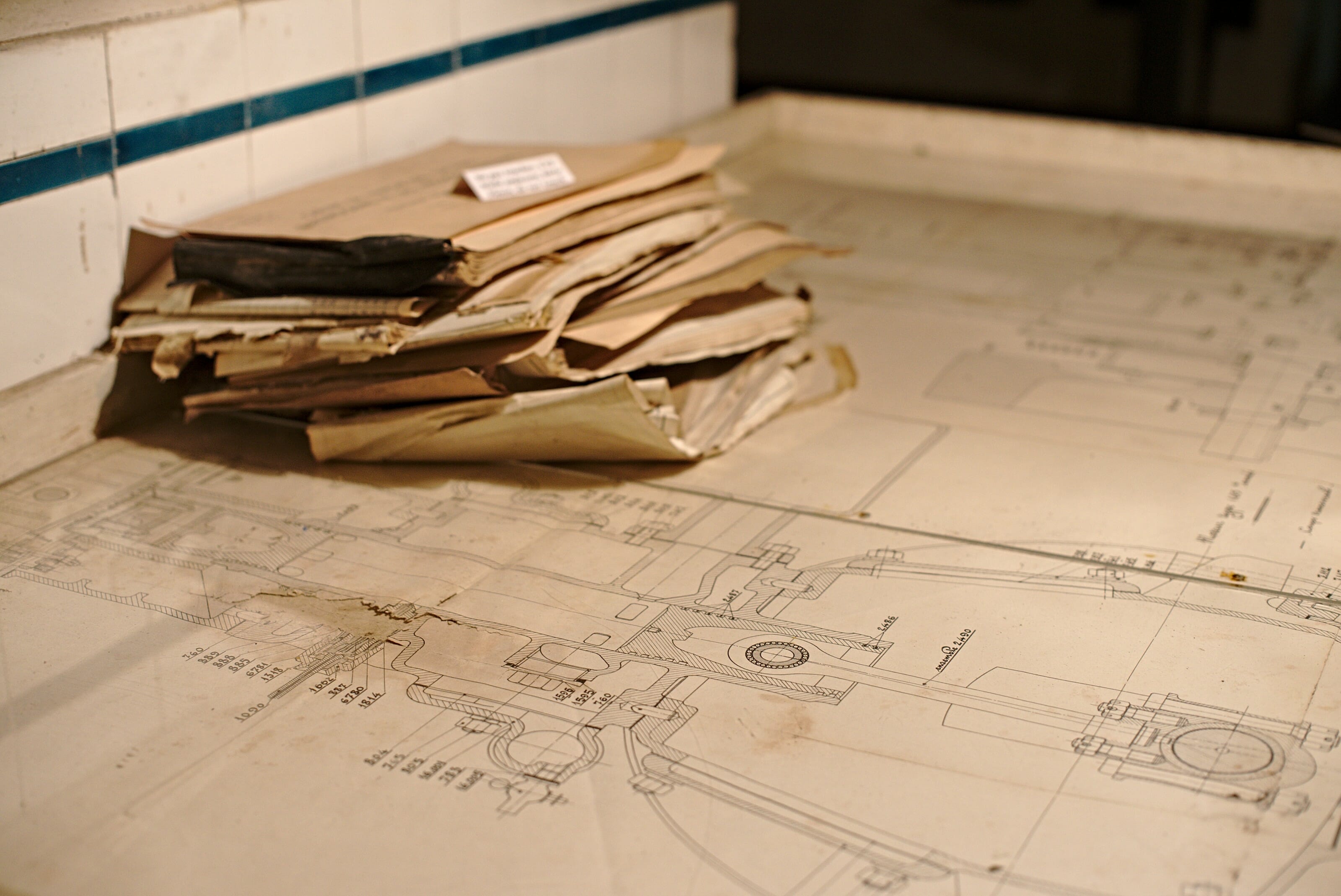
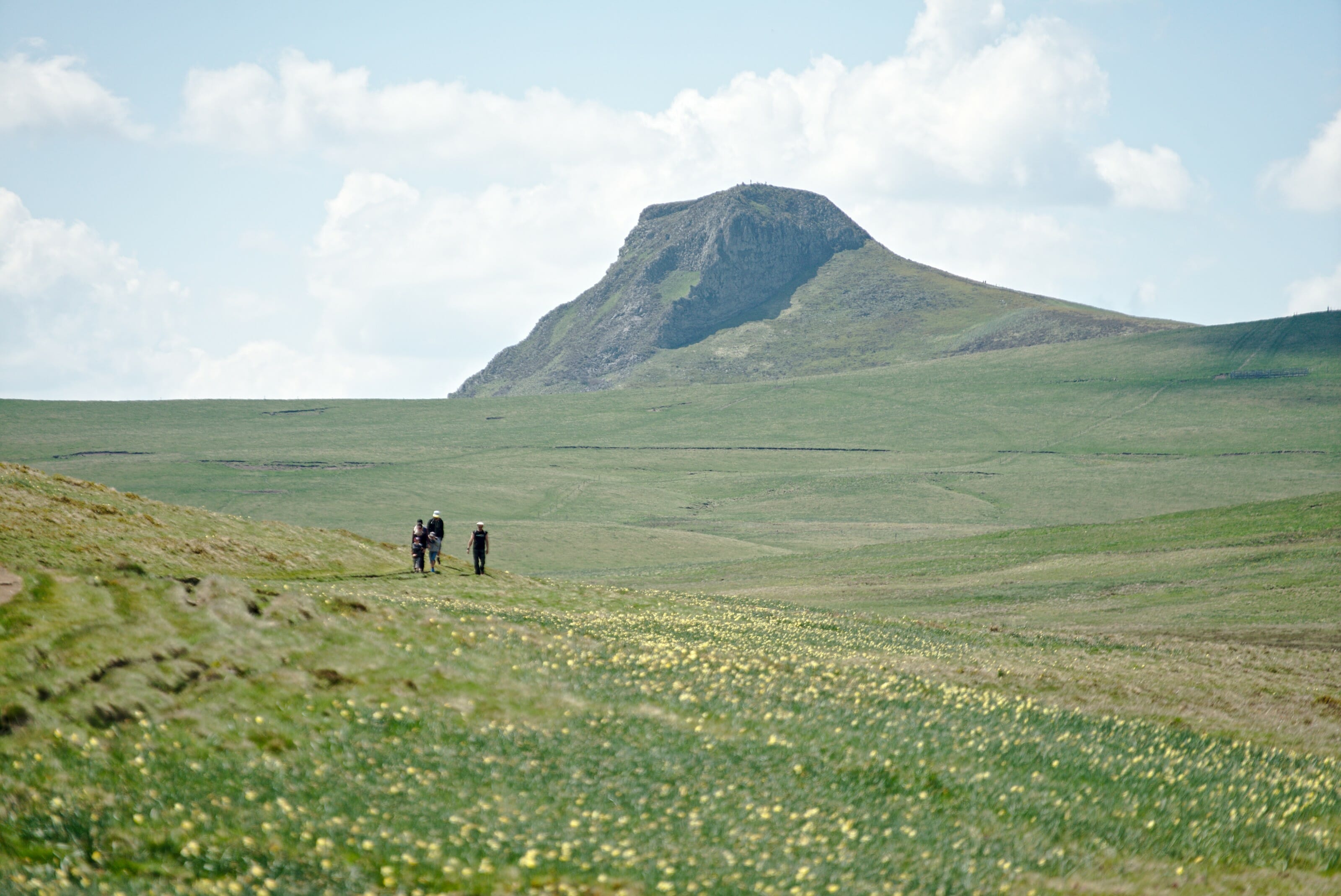
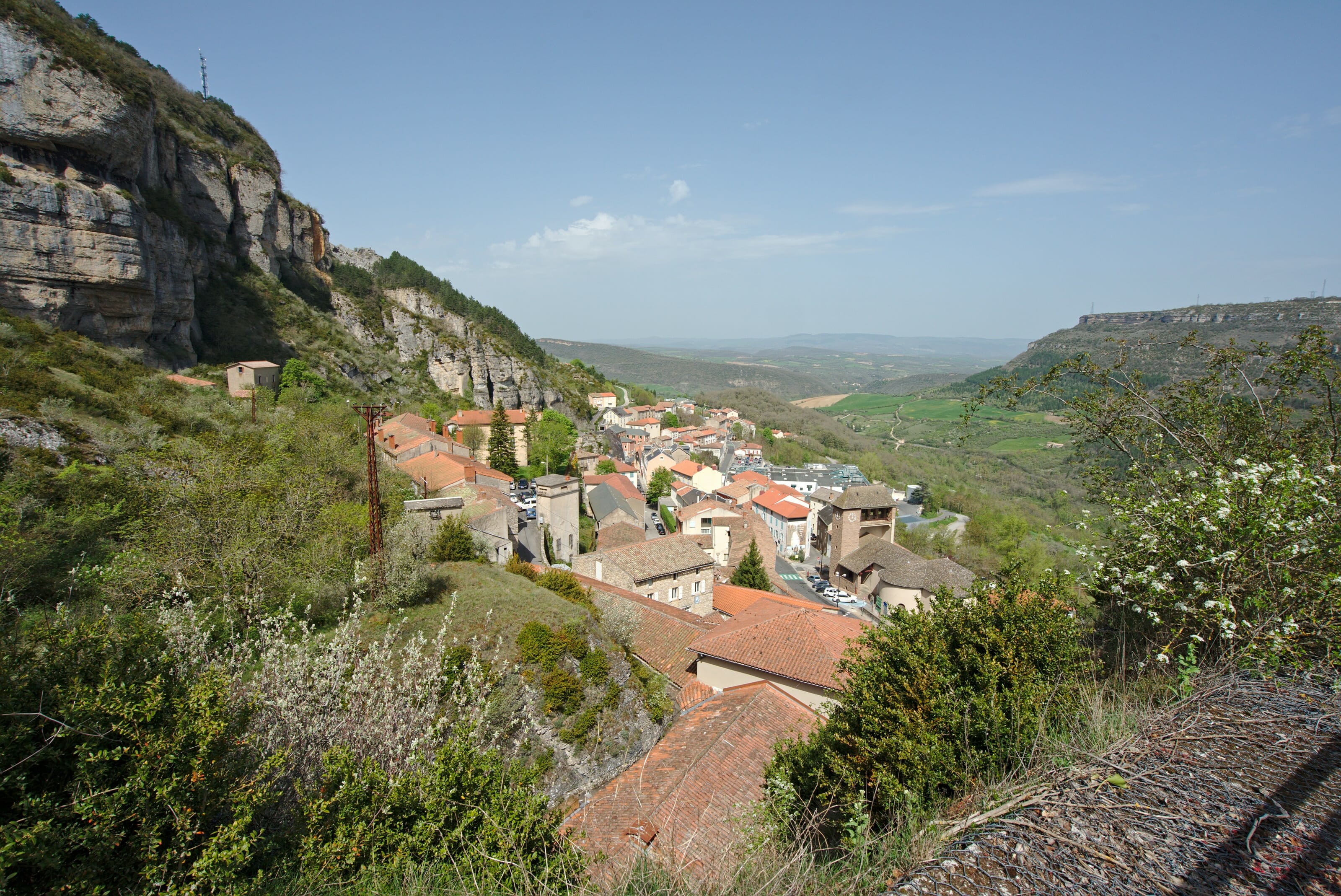
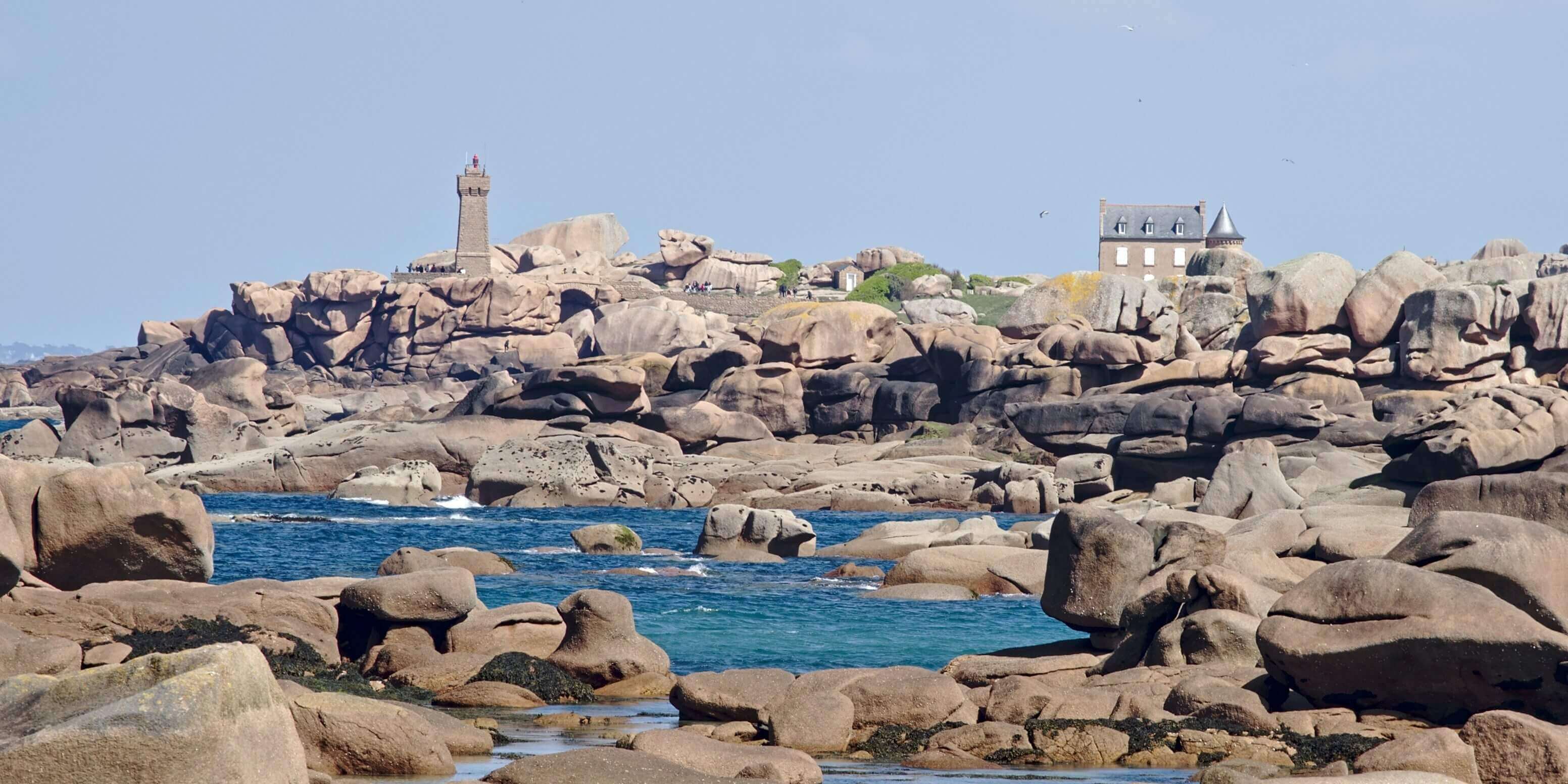
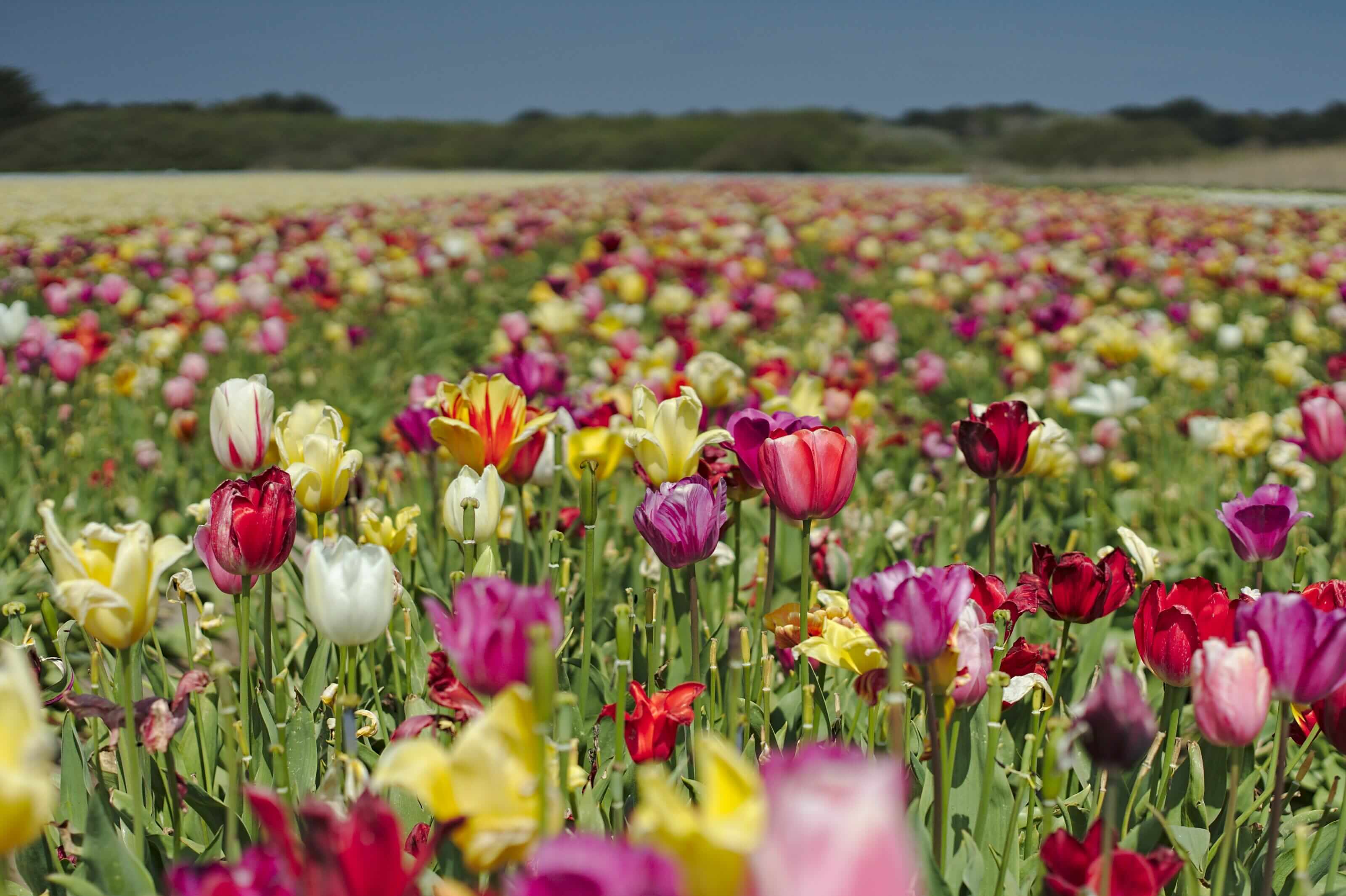
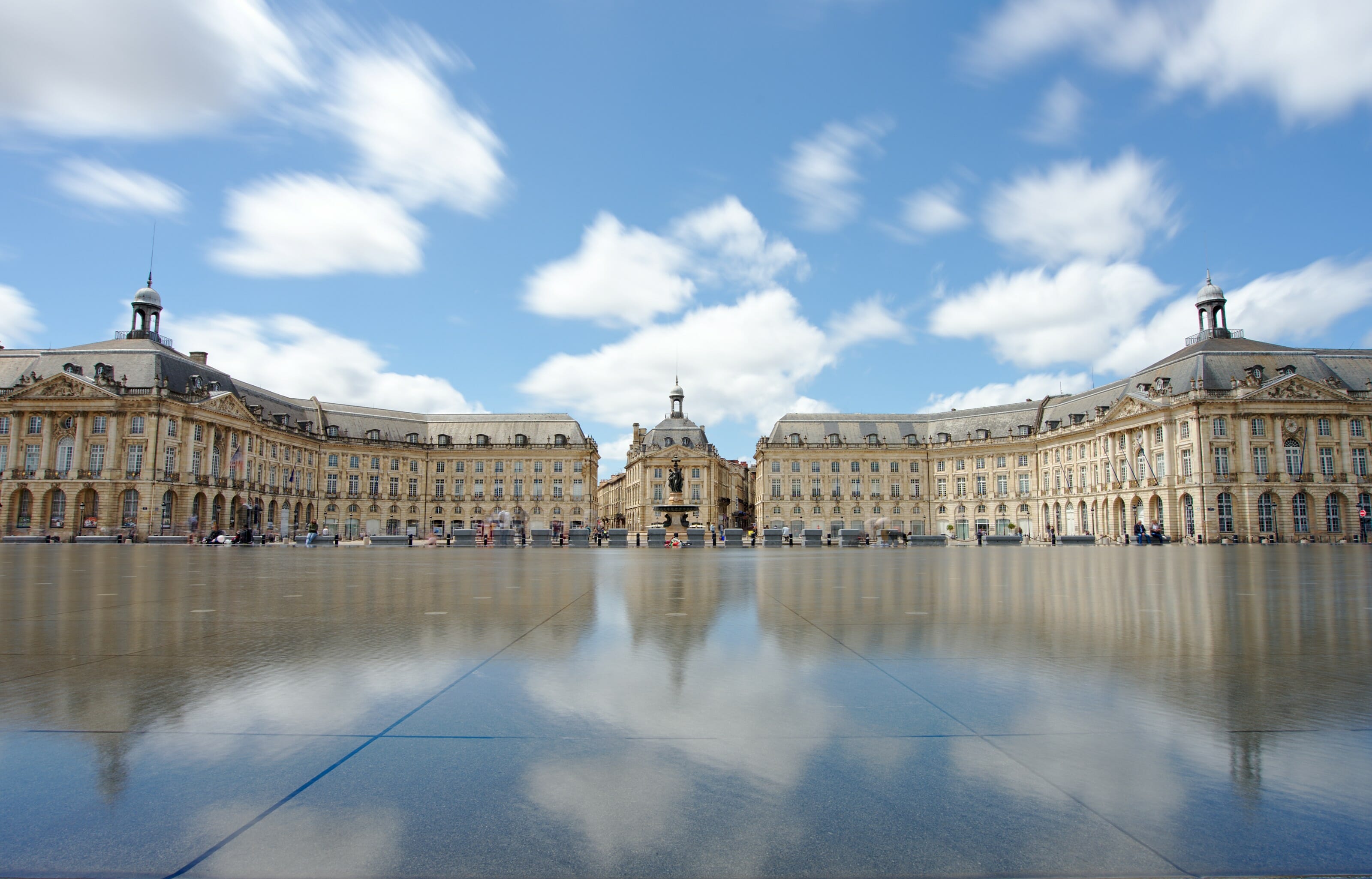
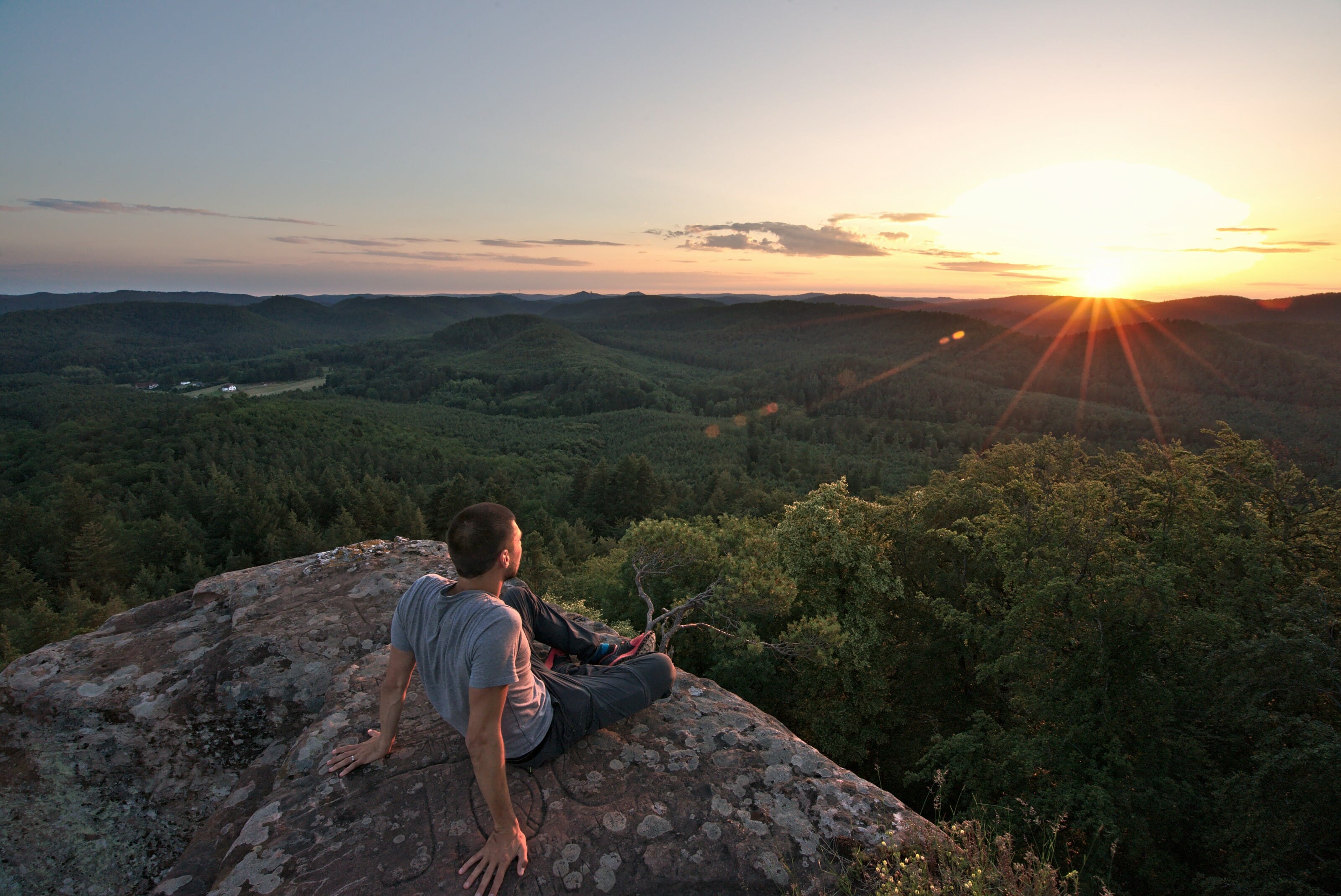
Join the discussion